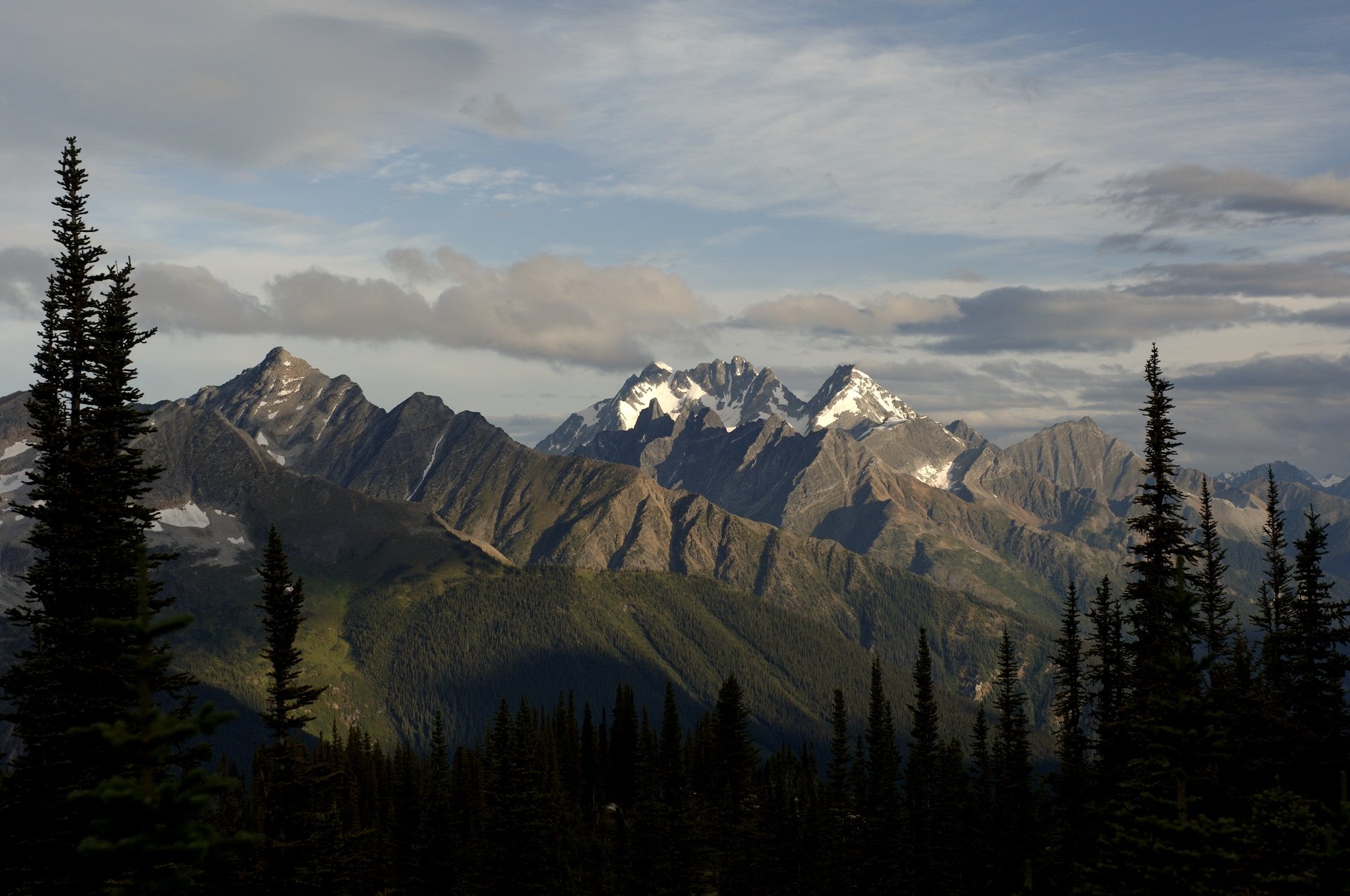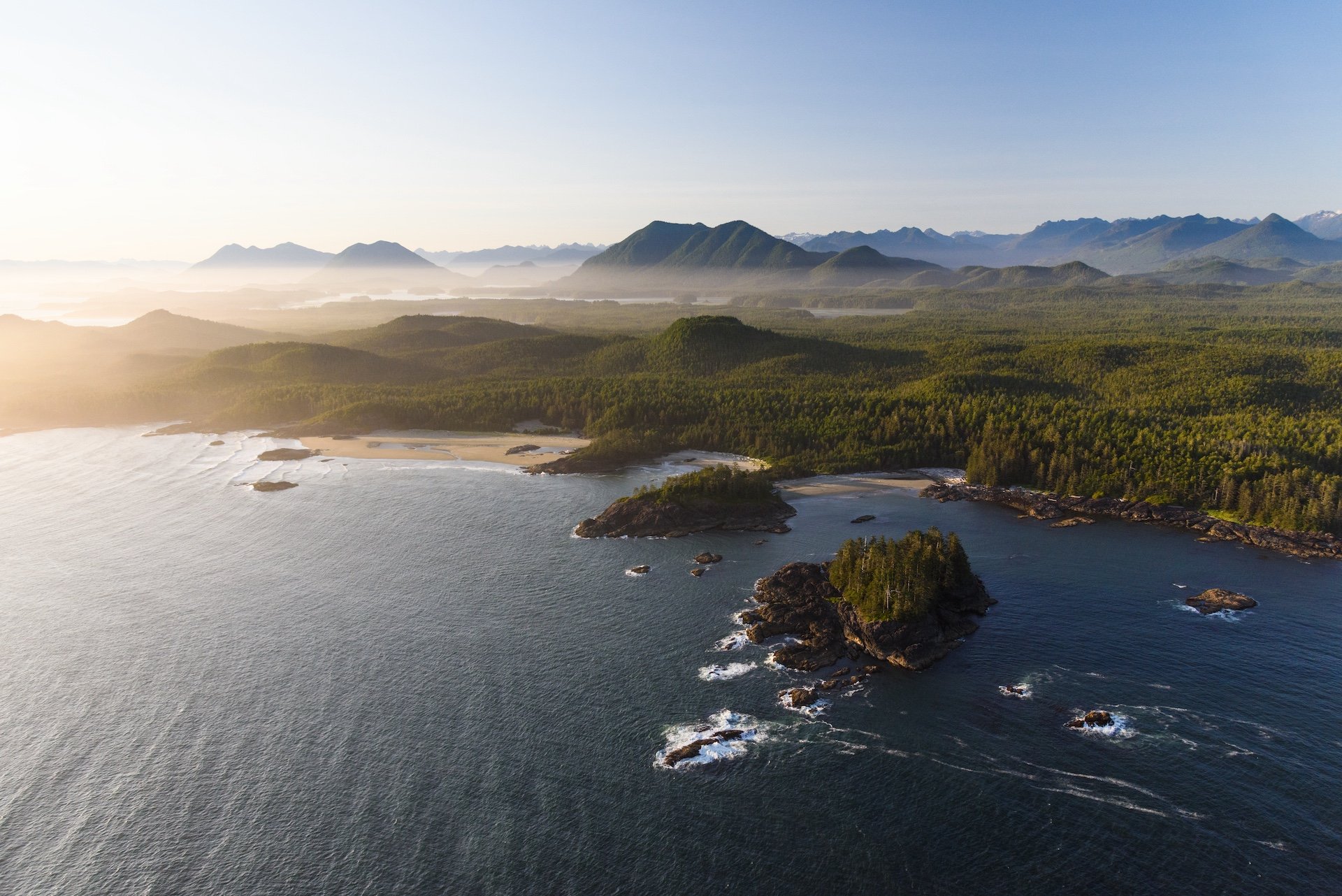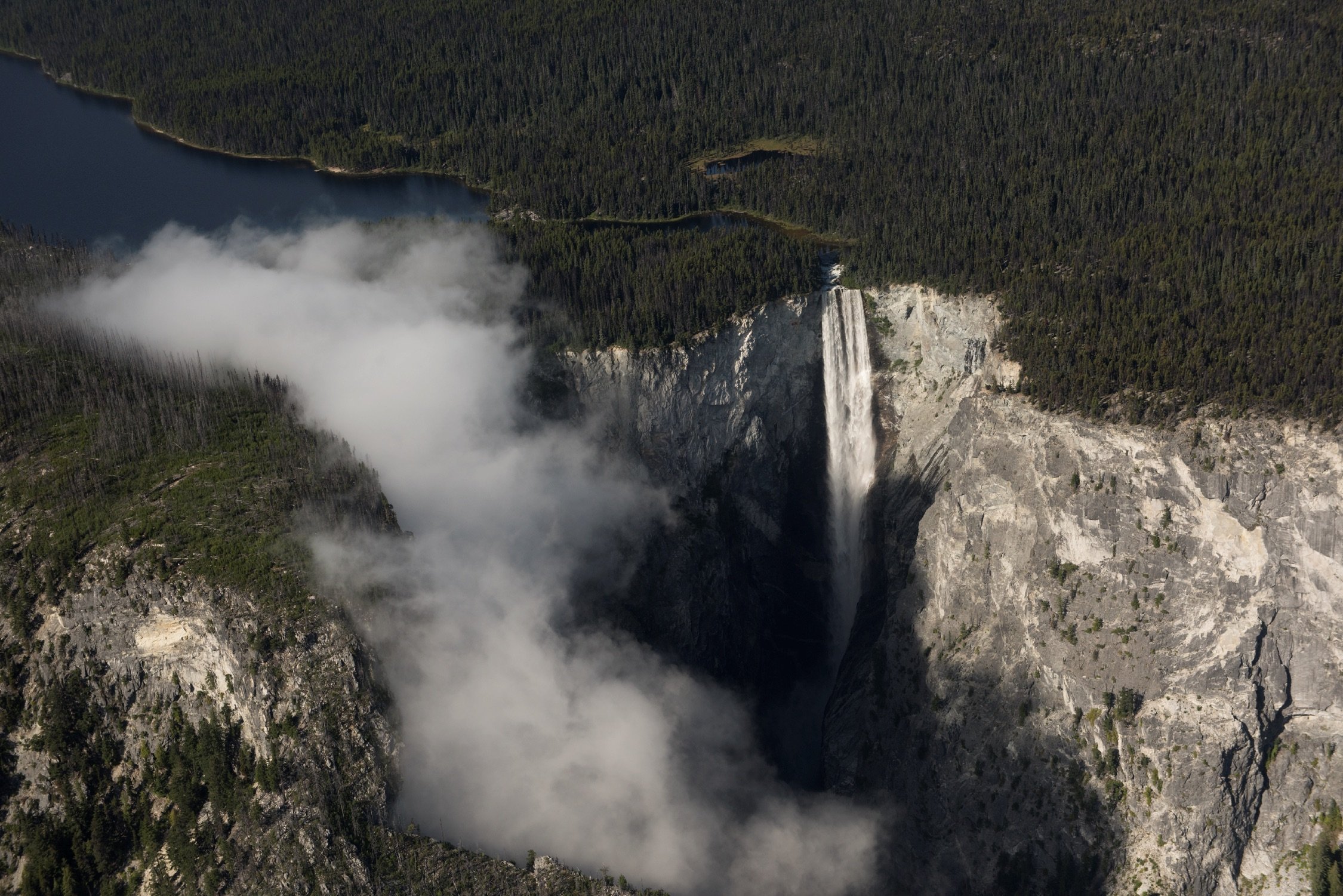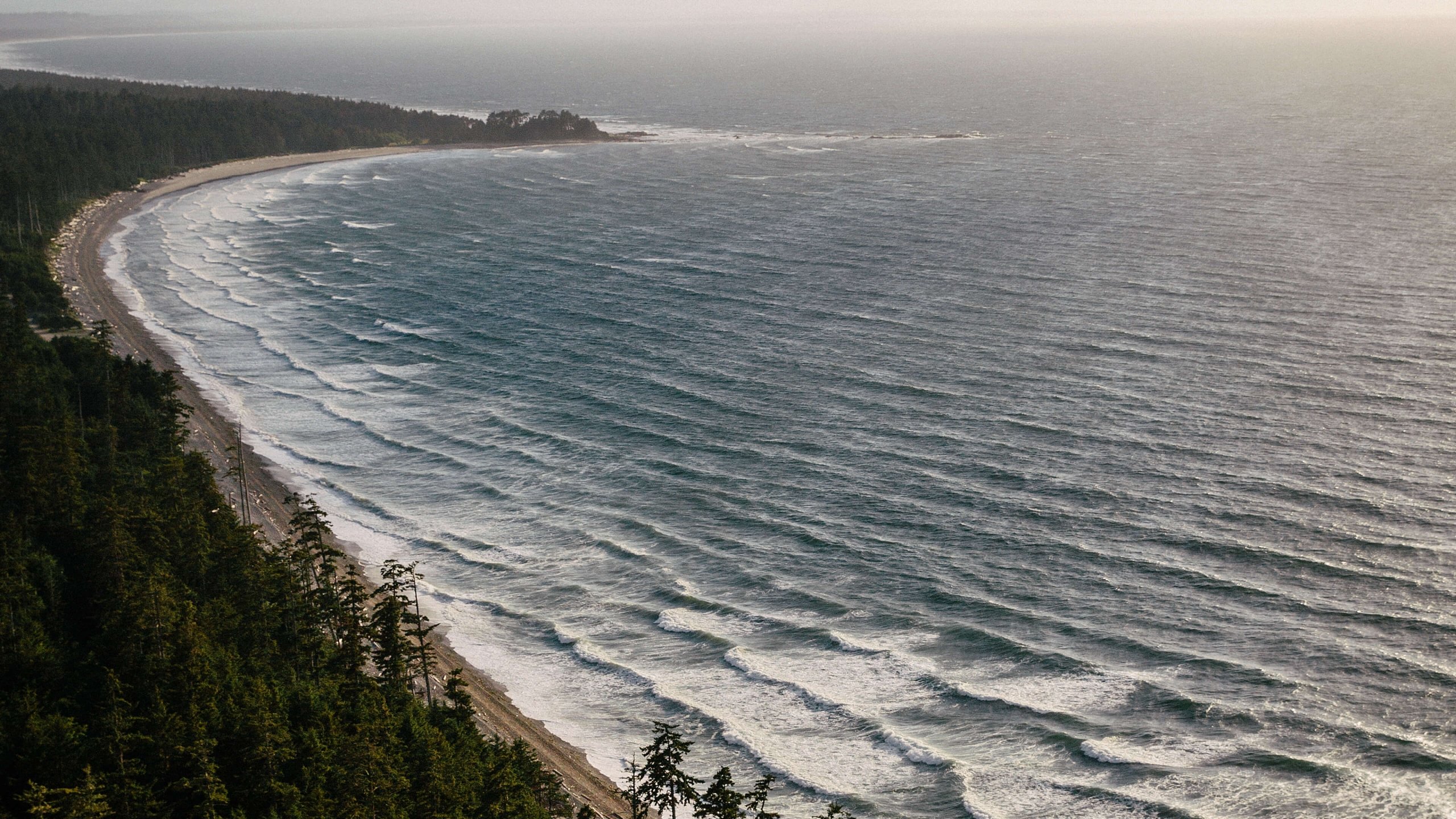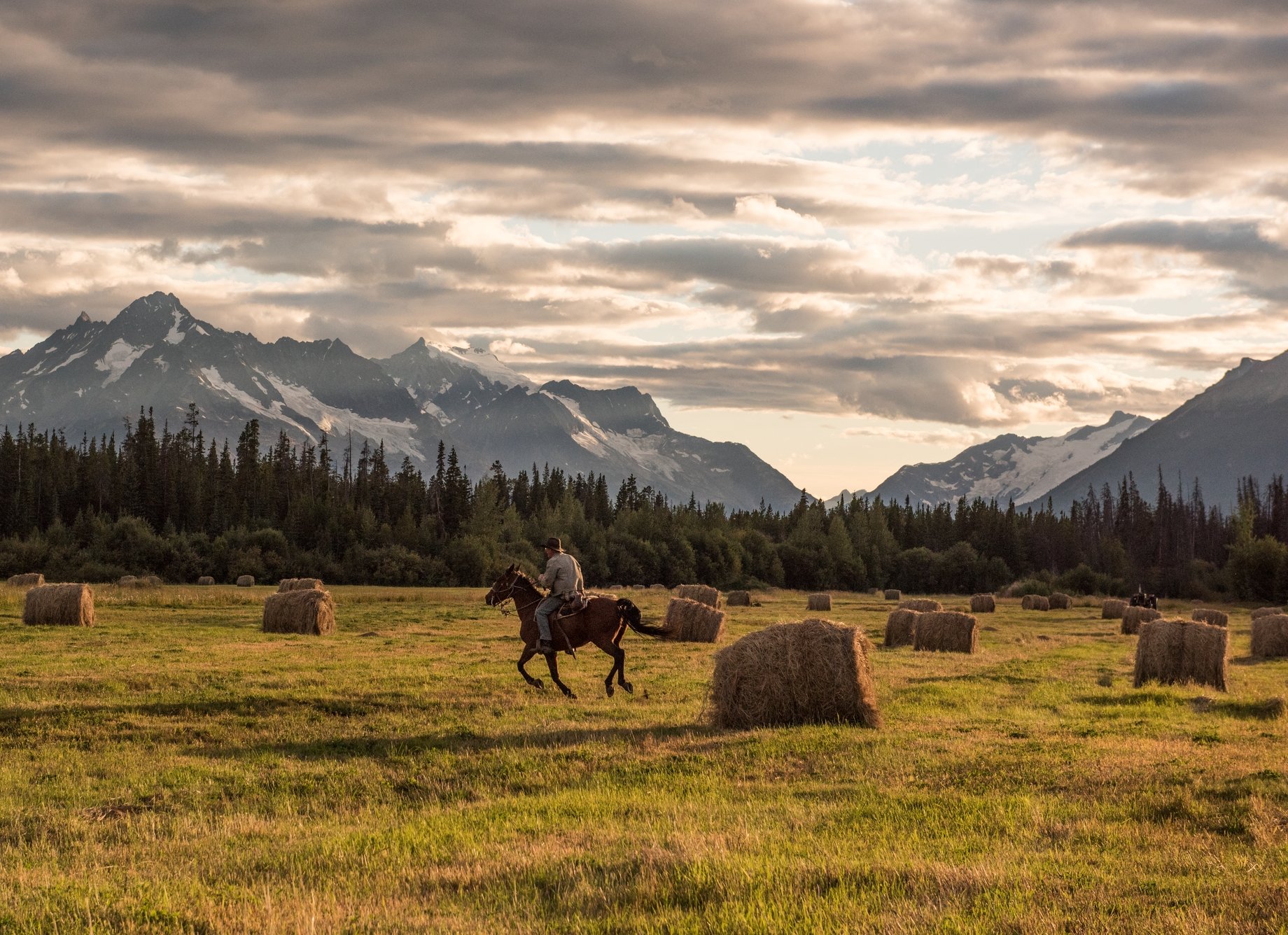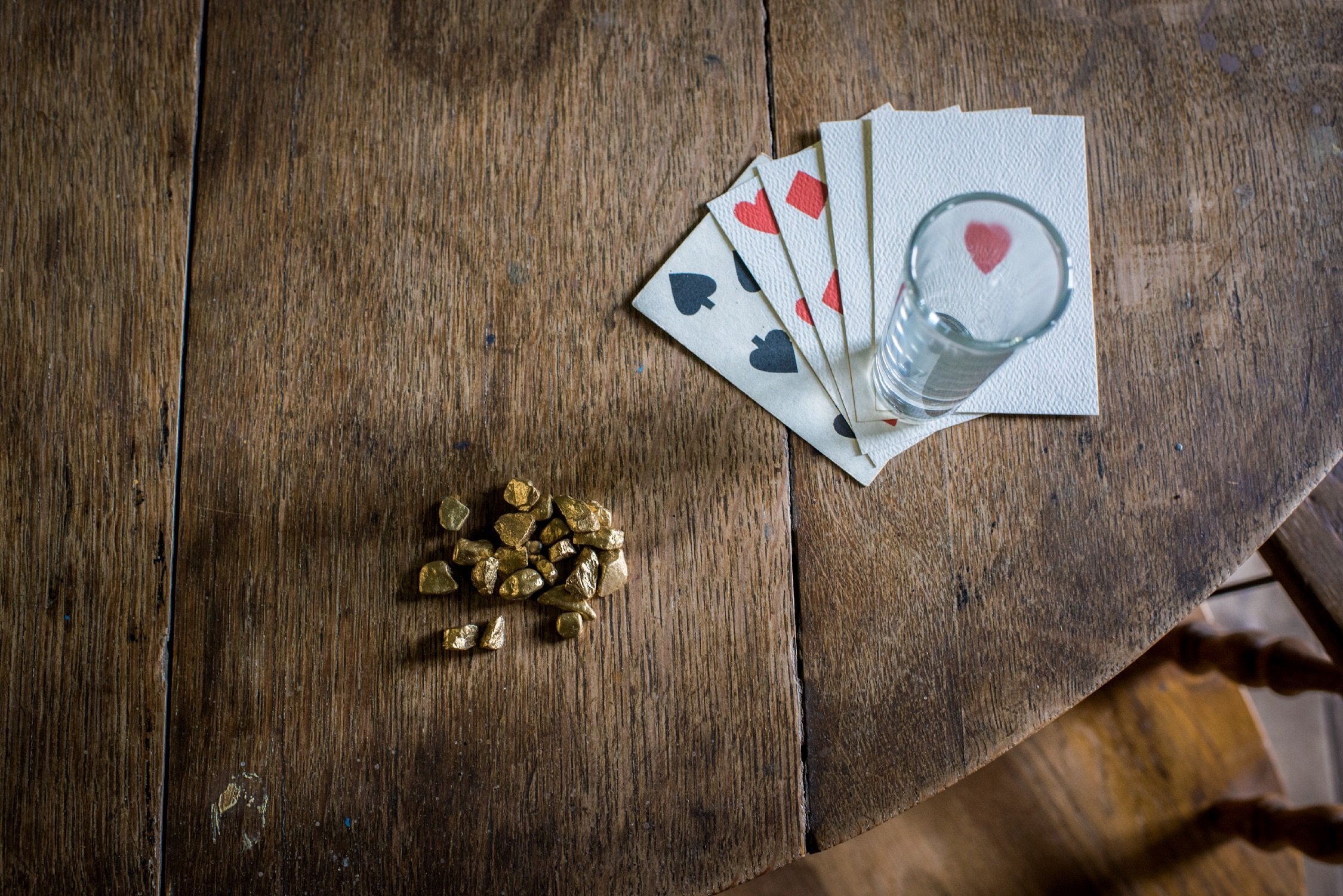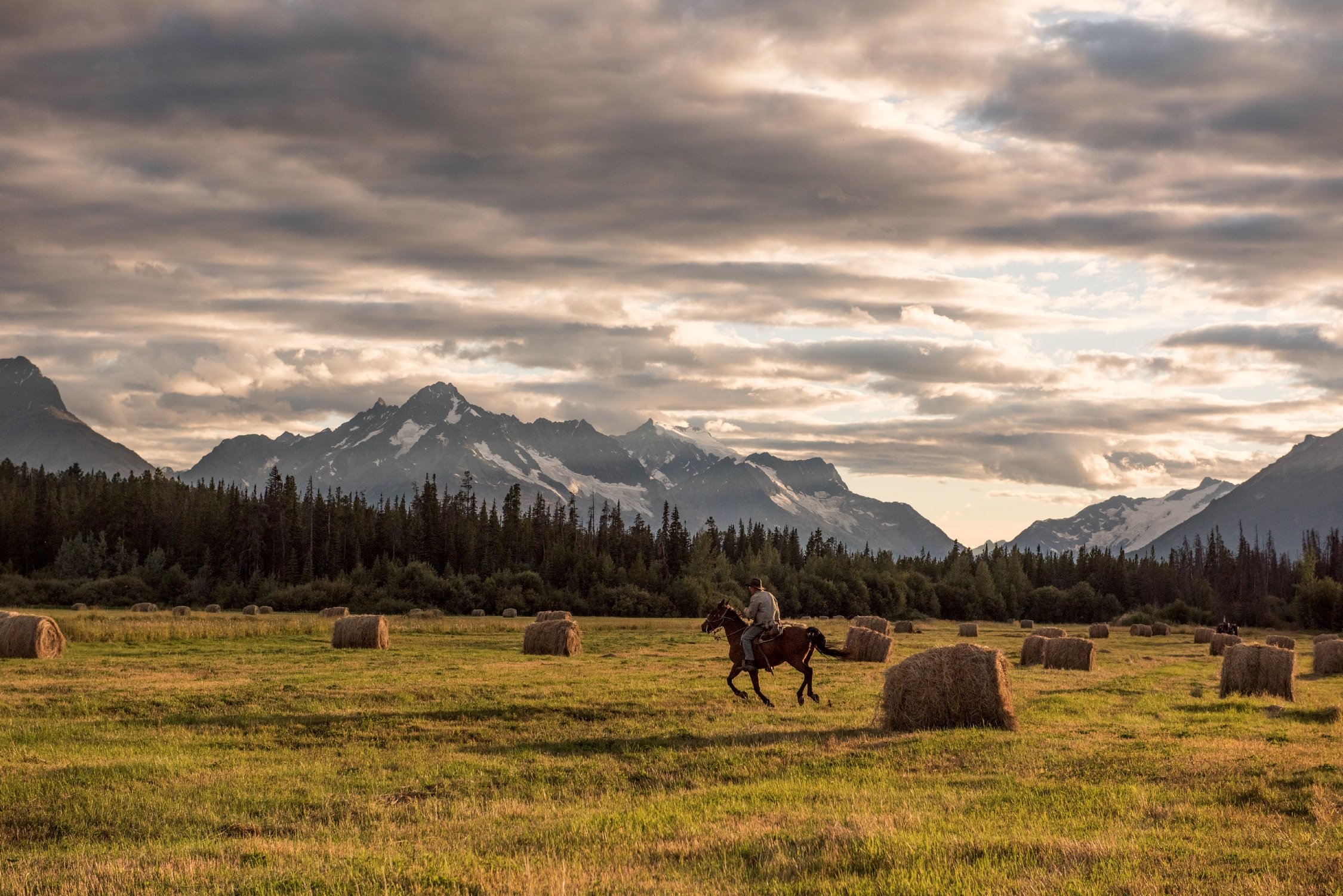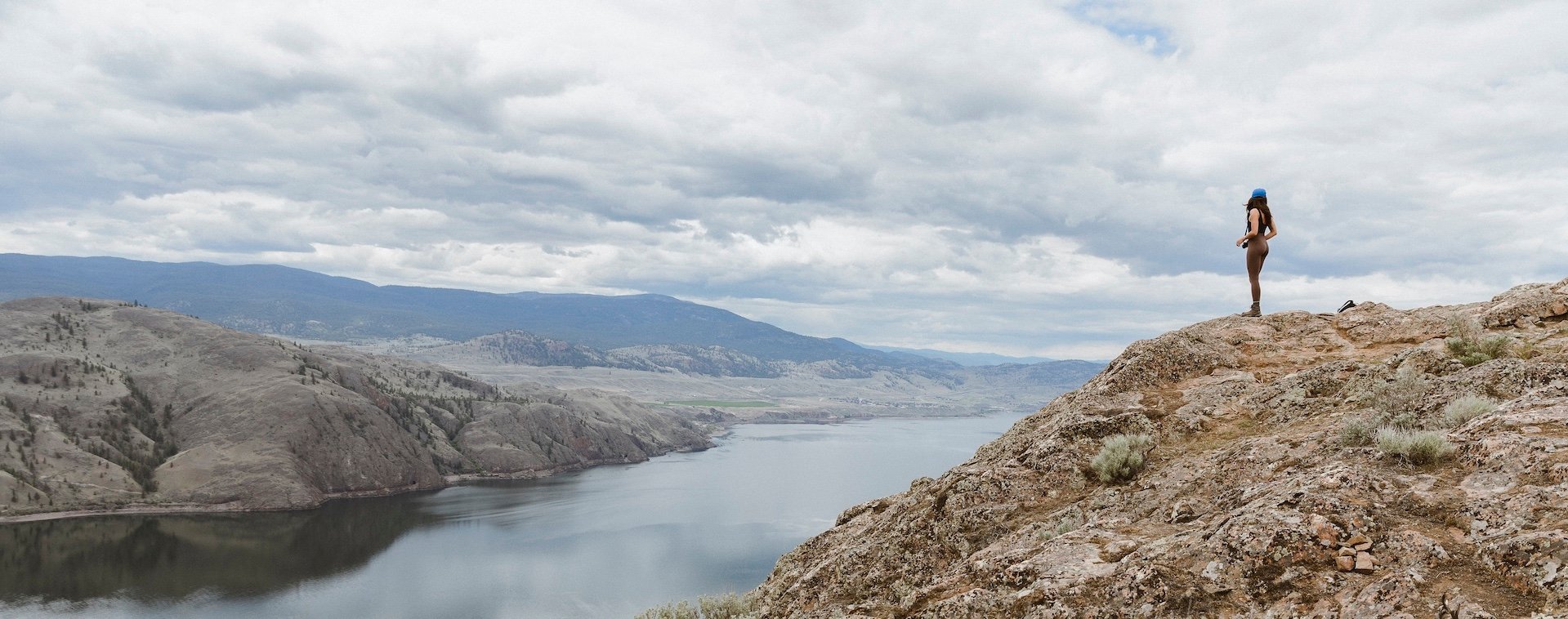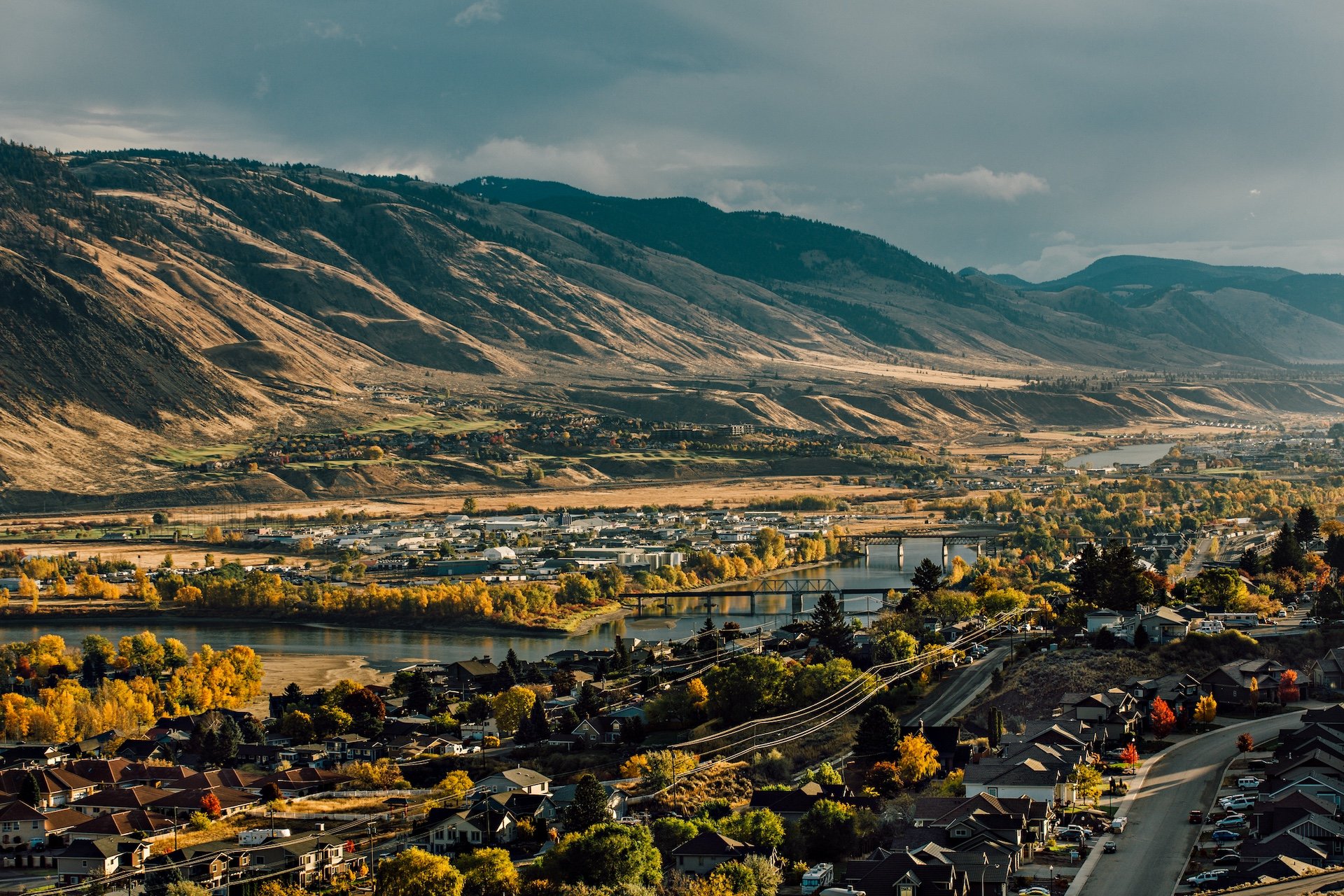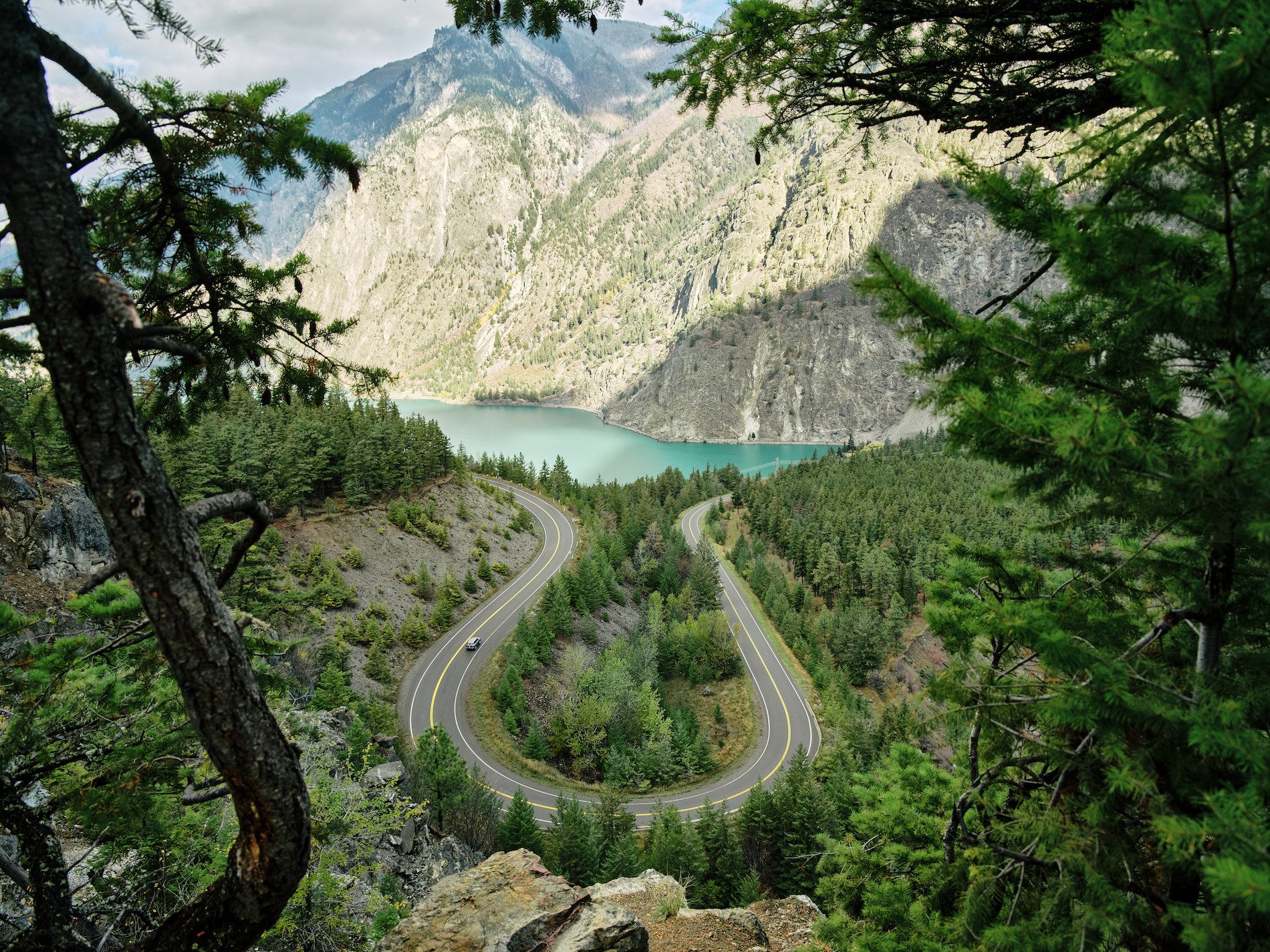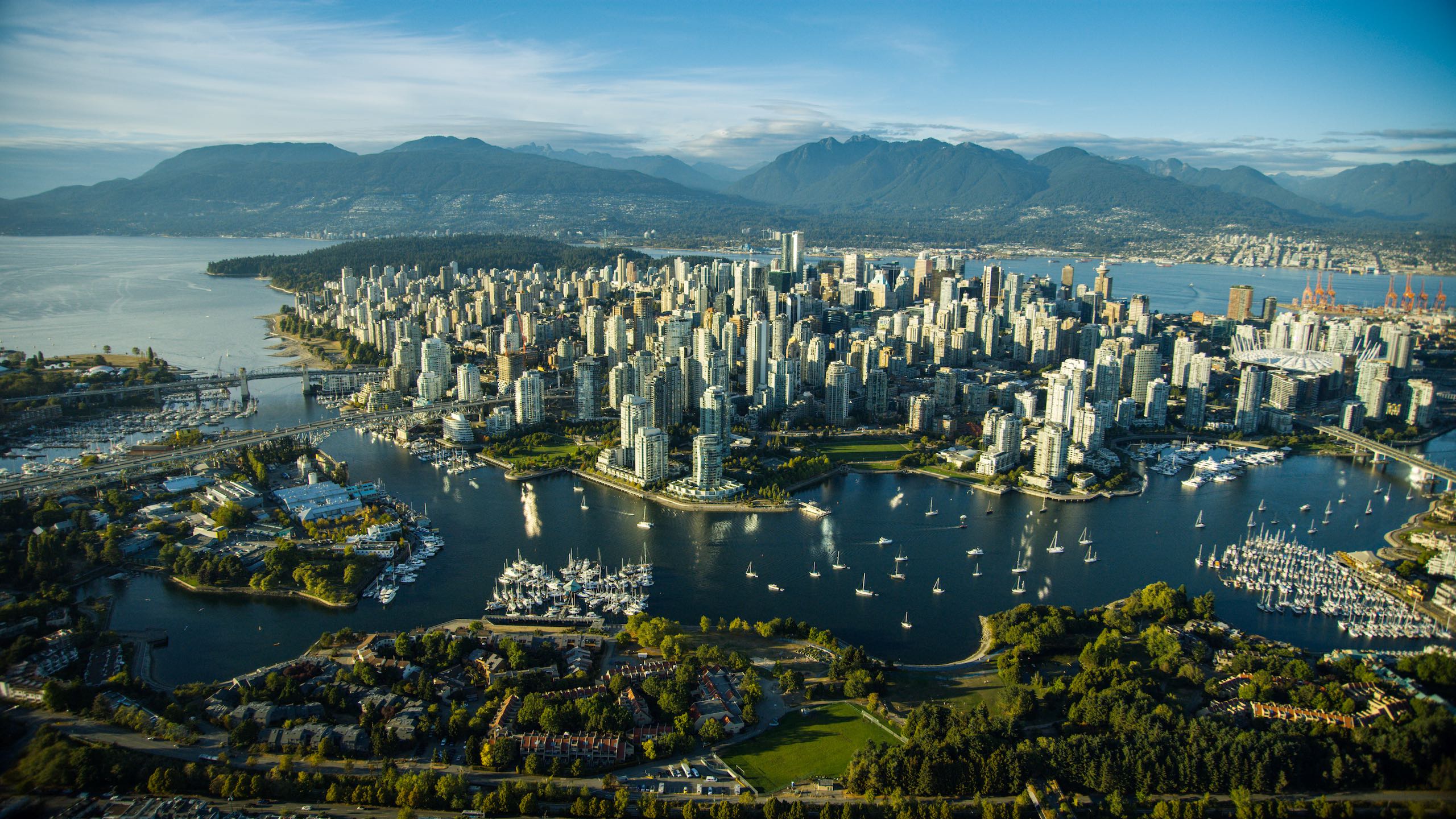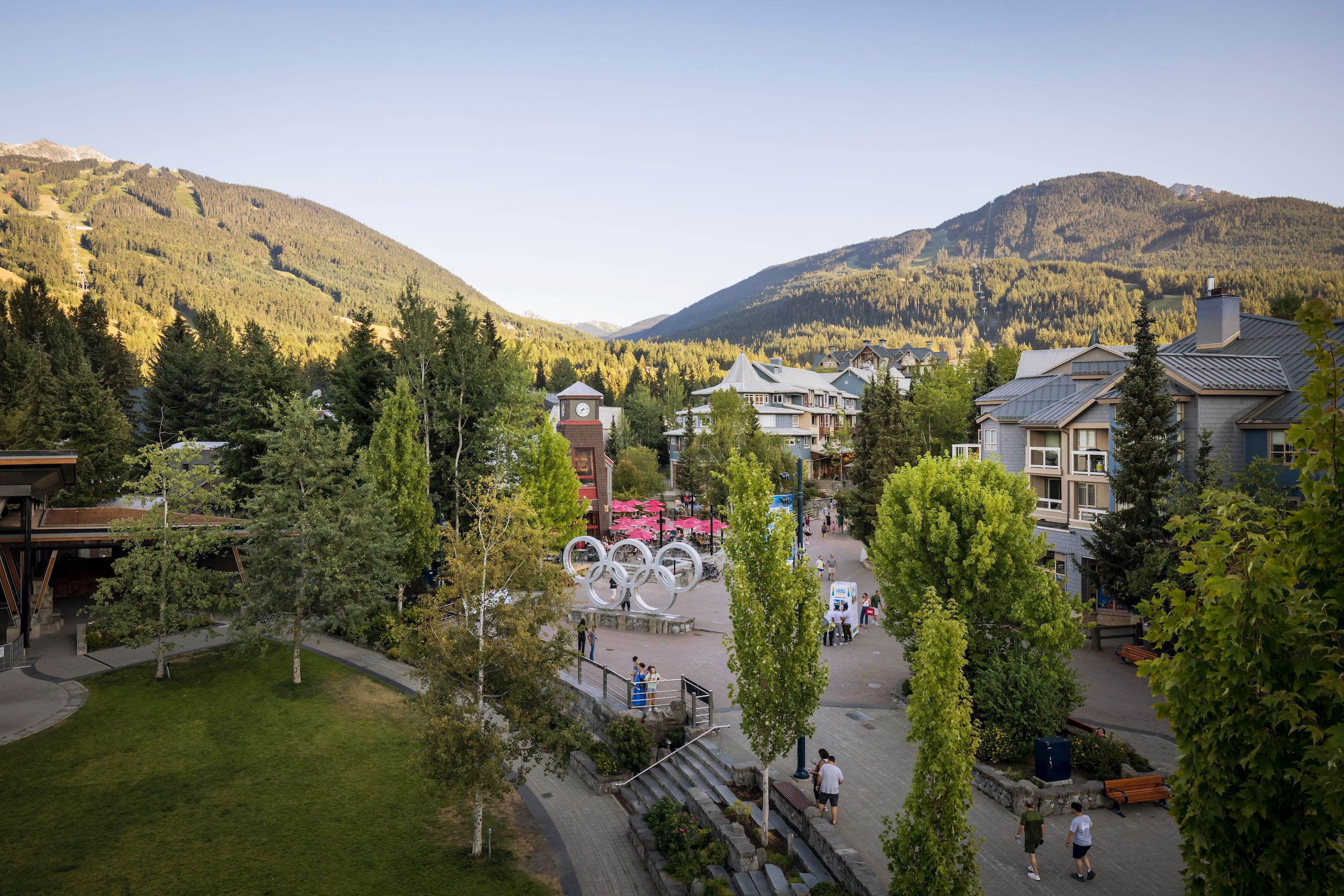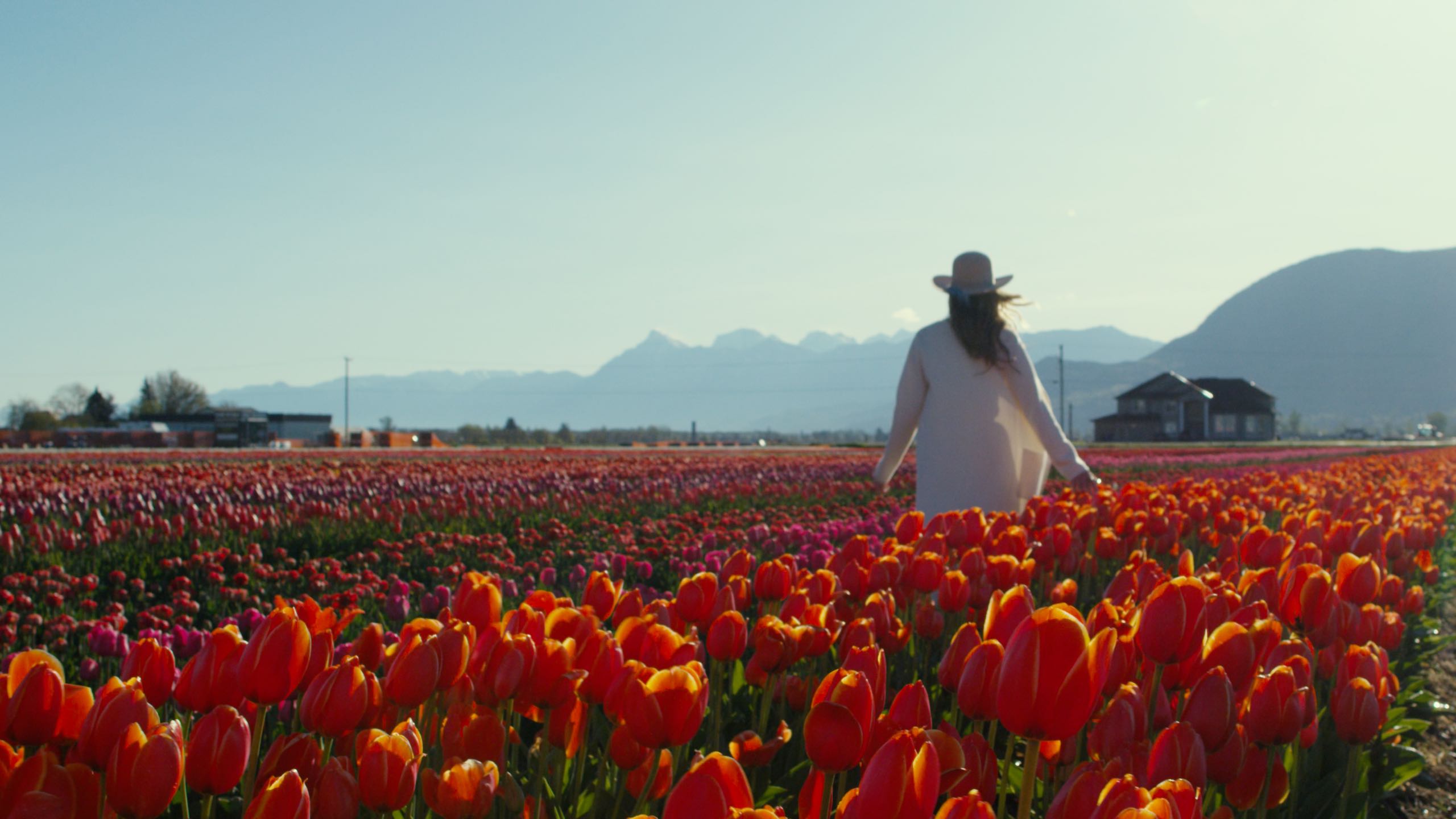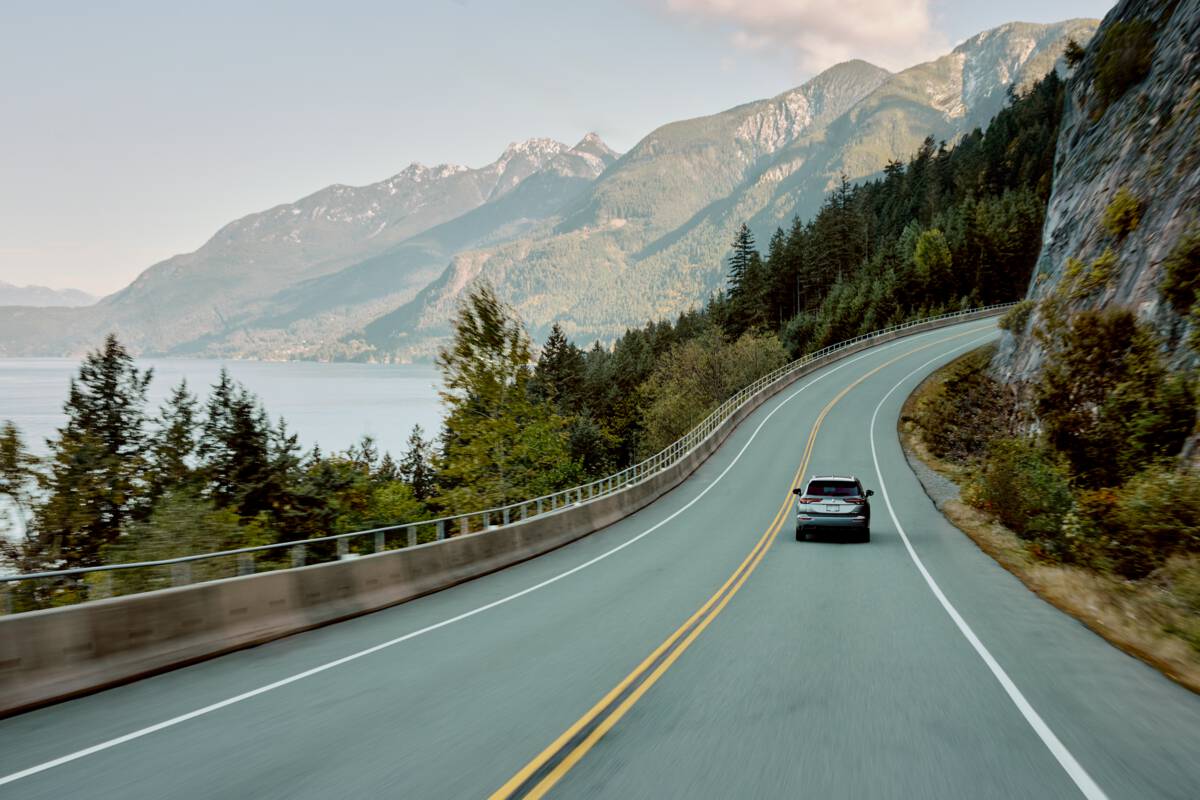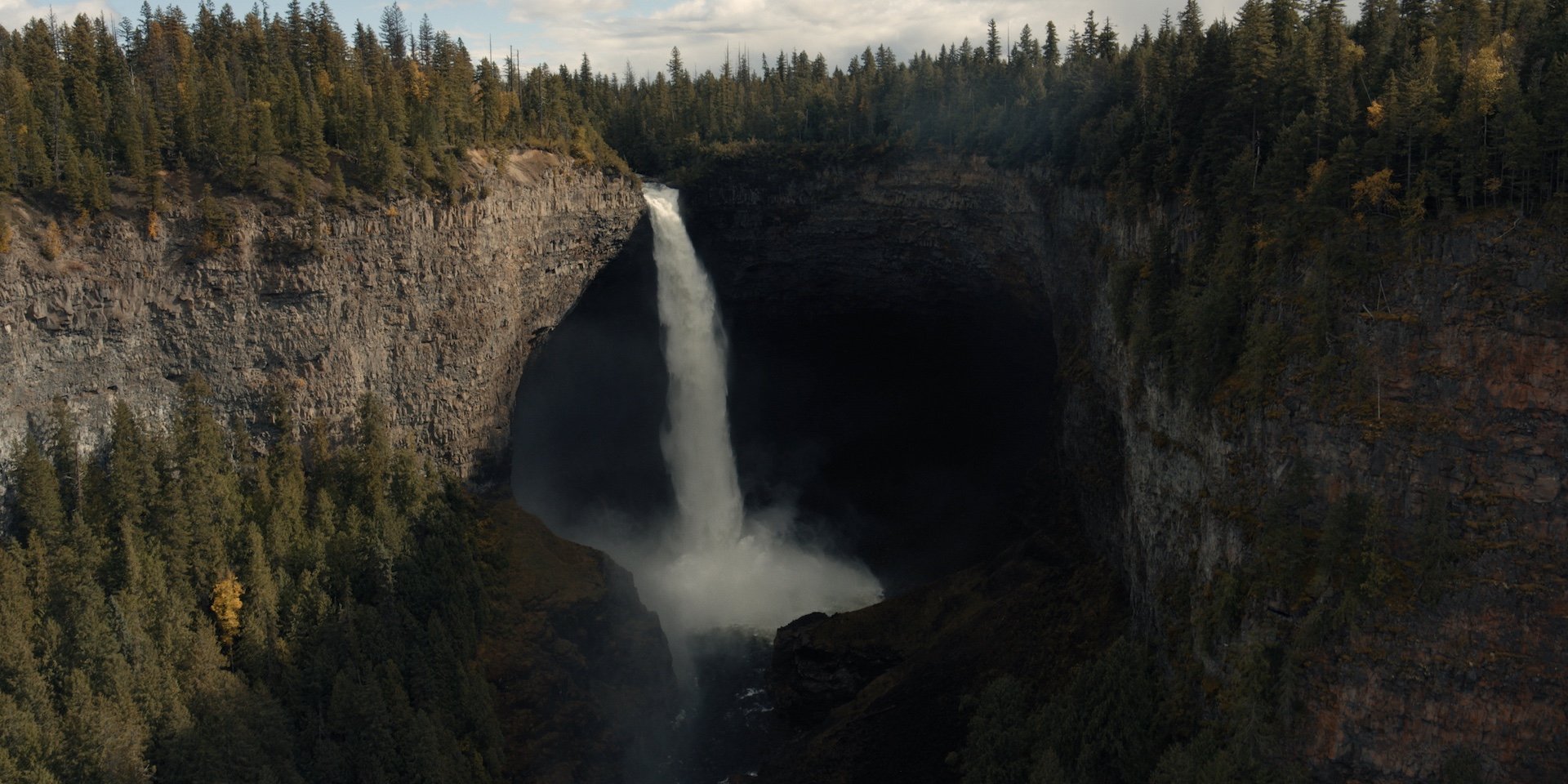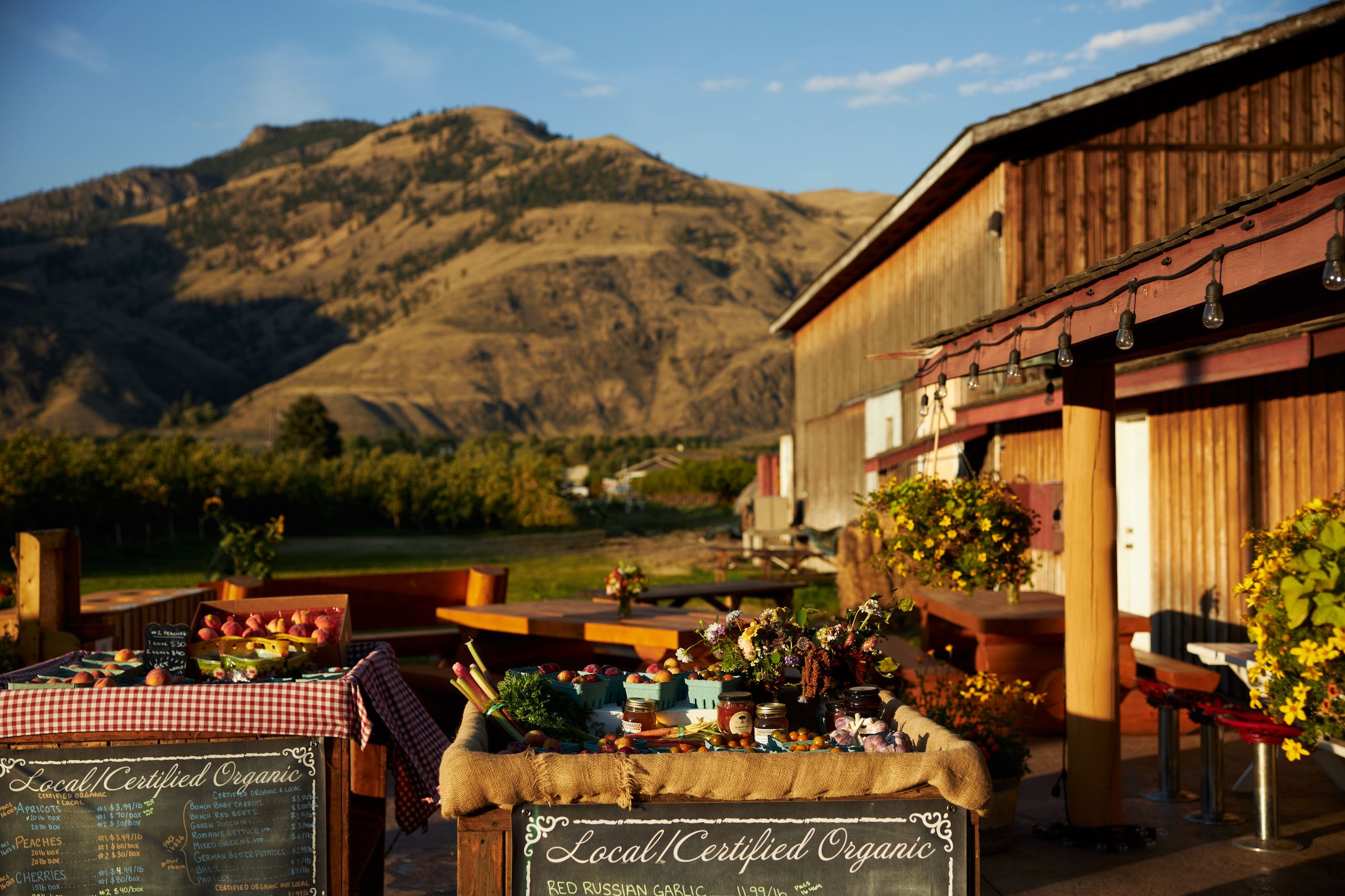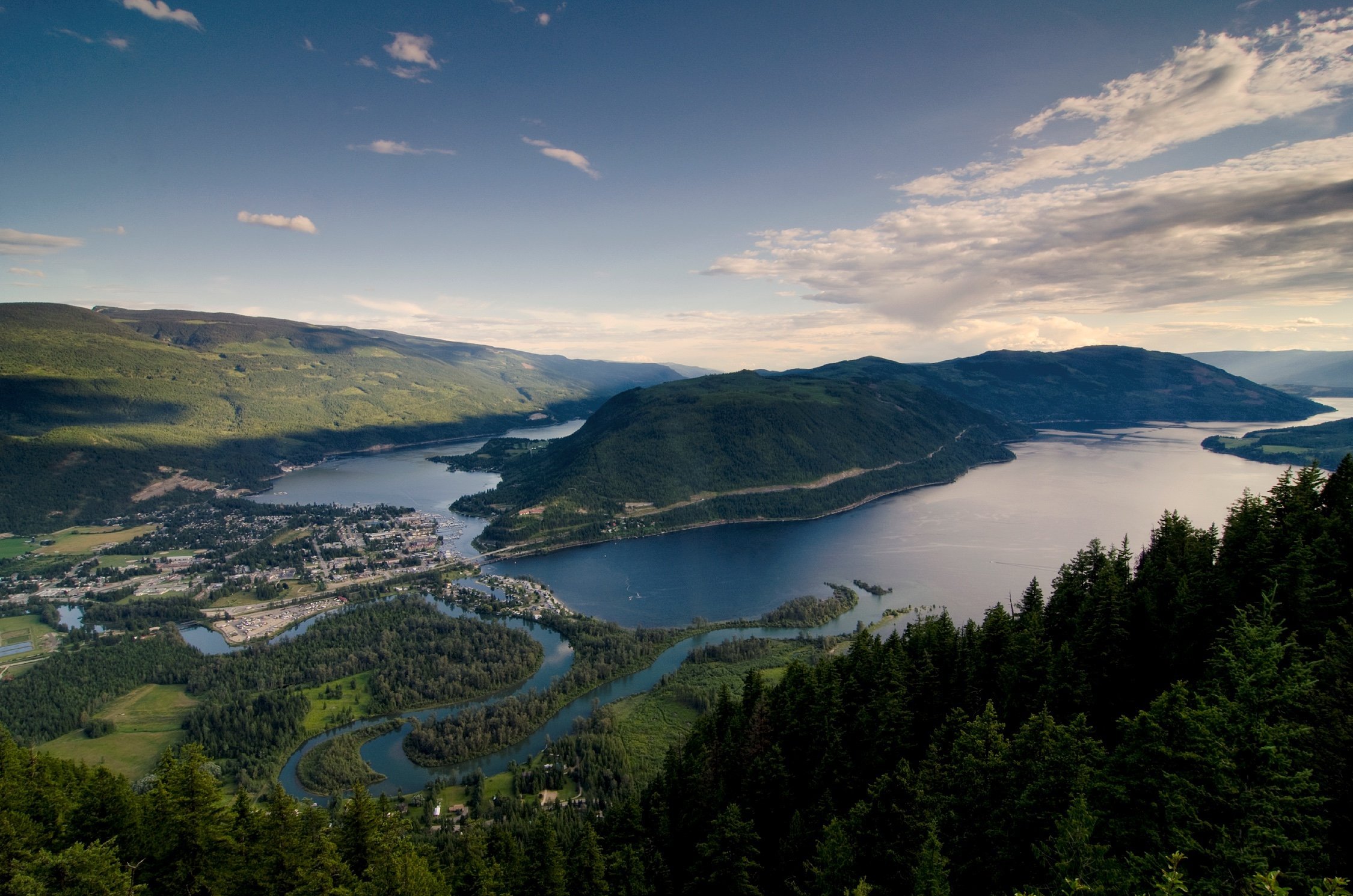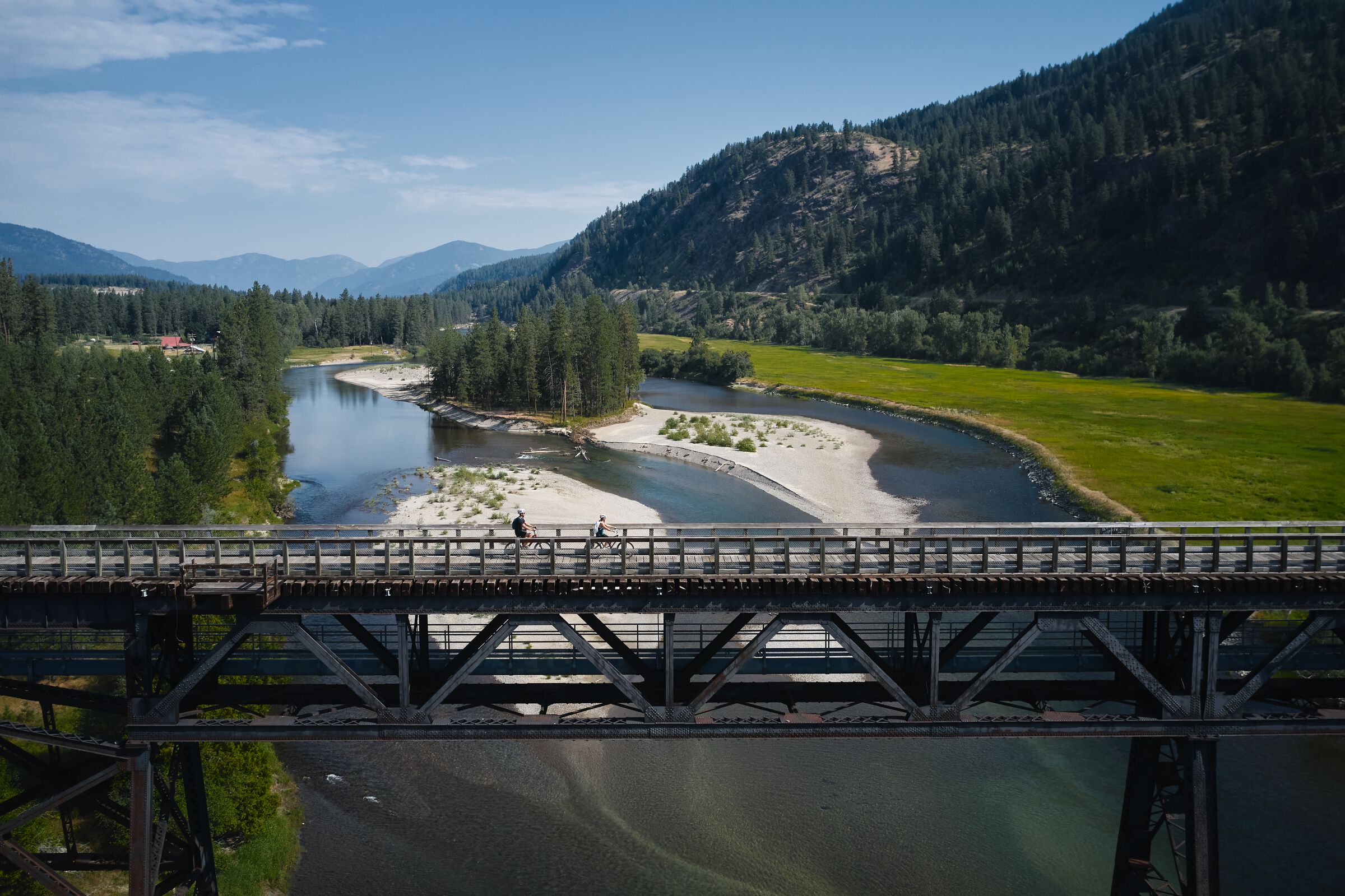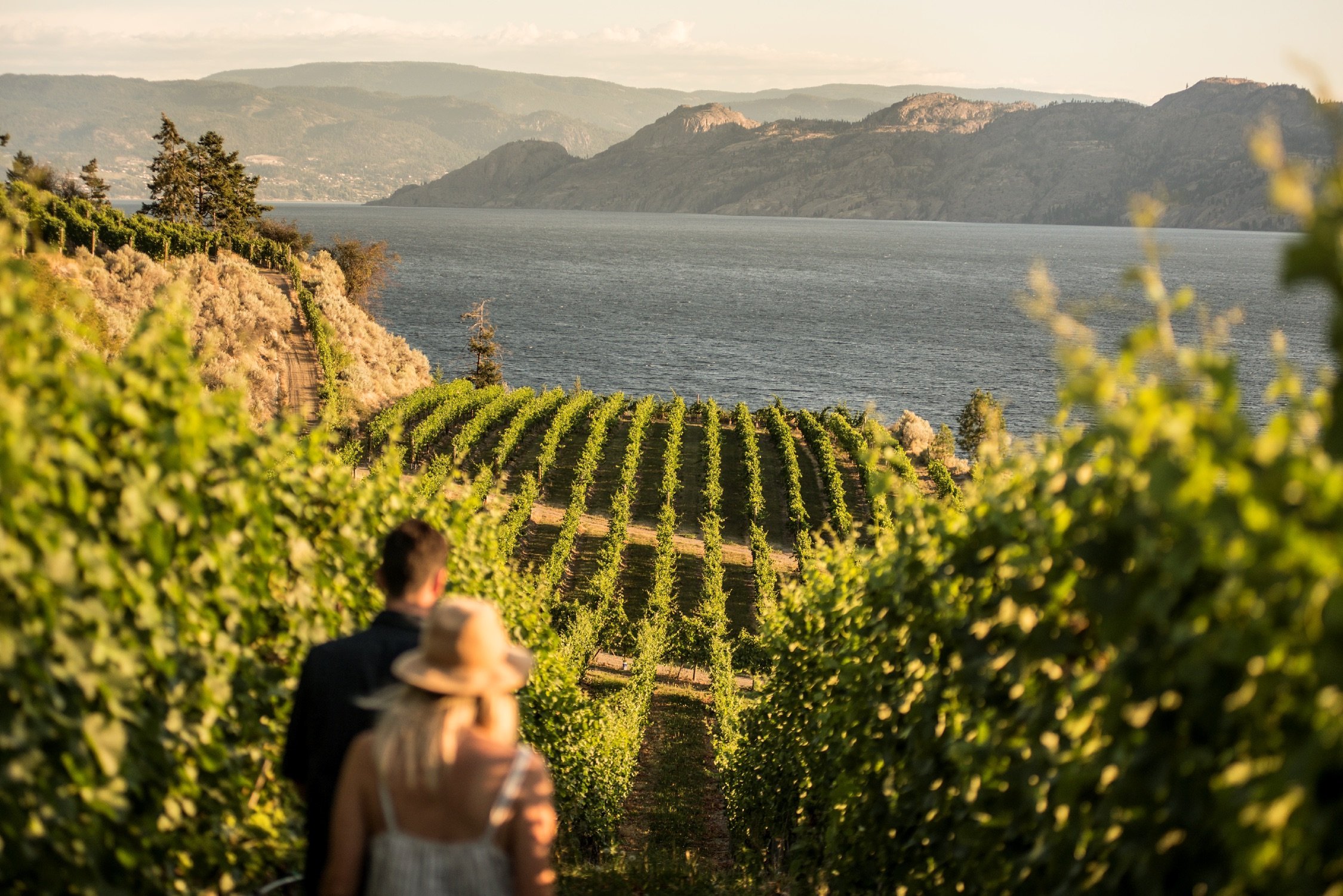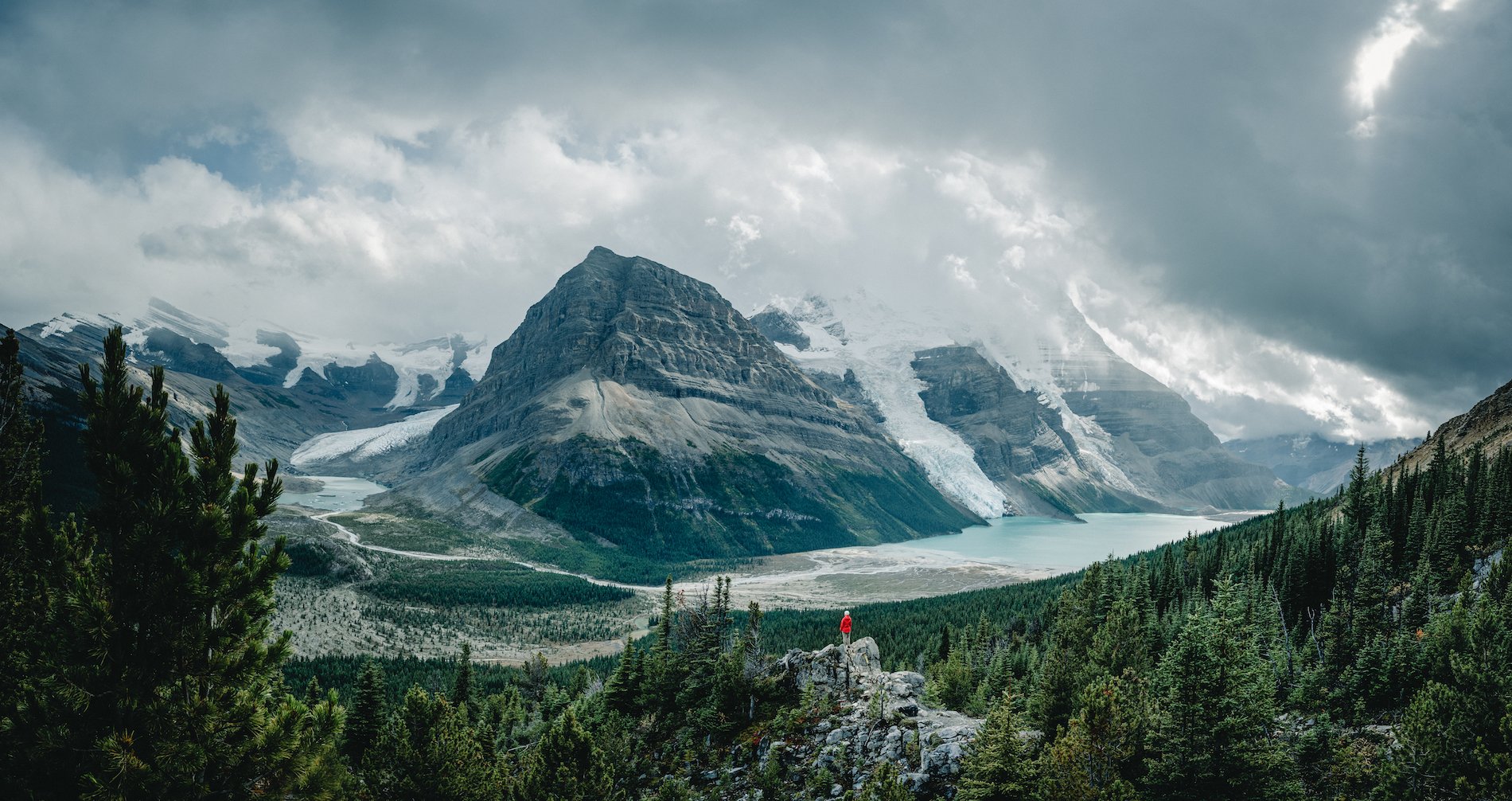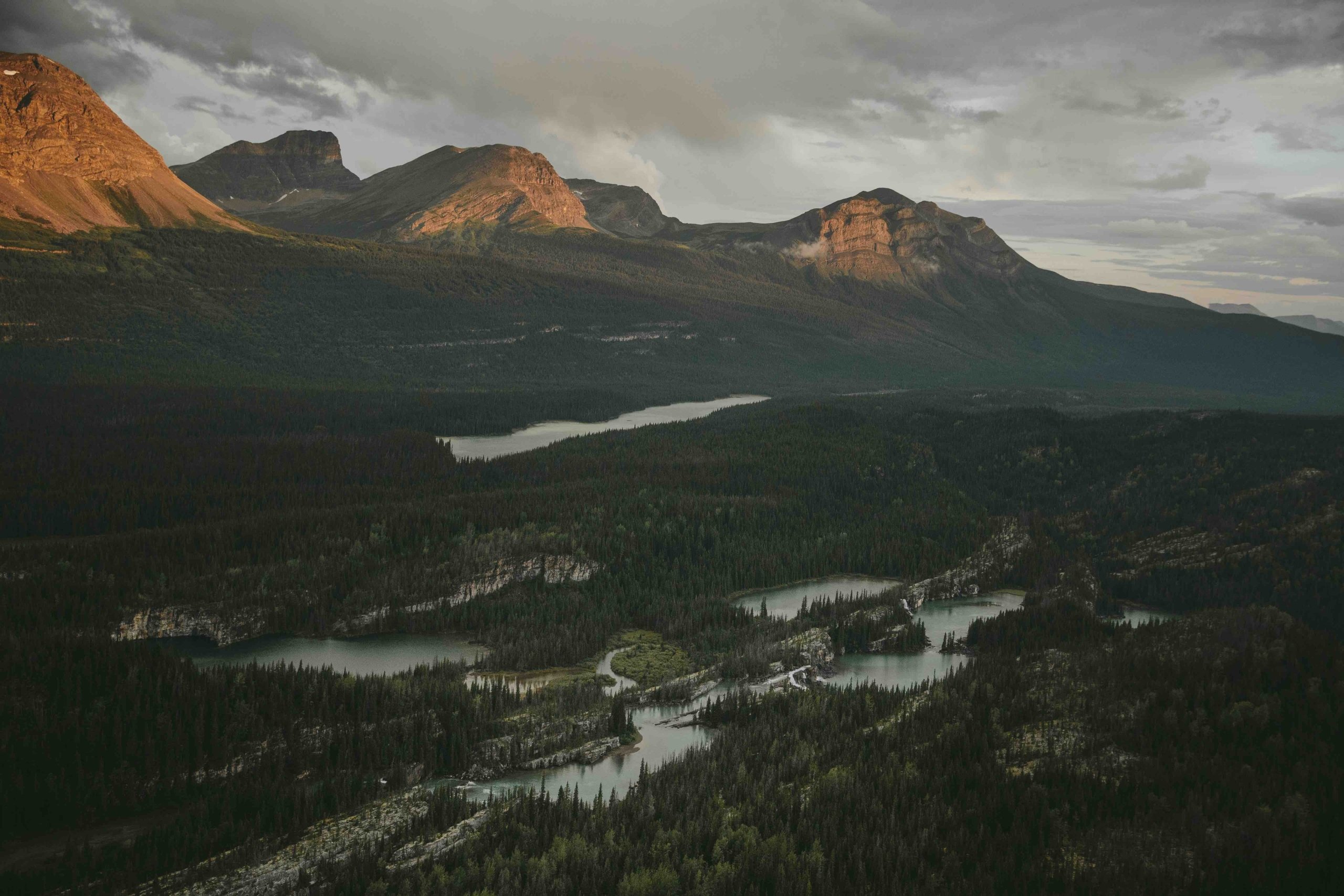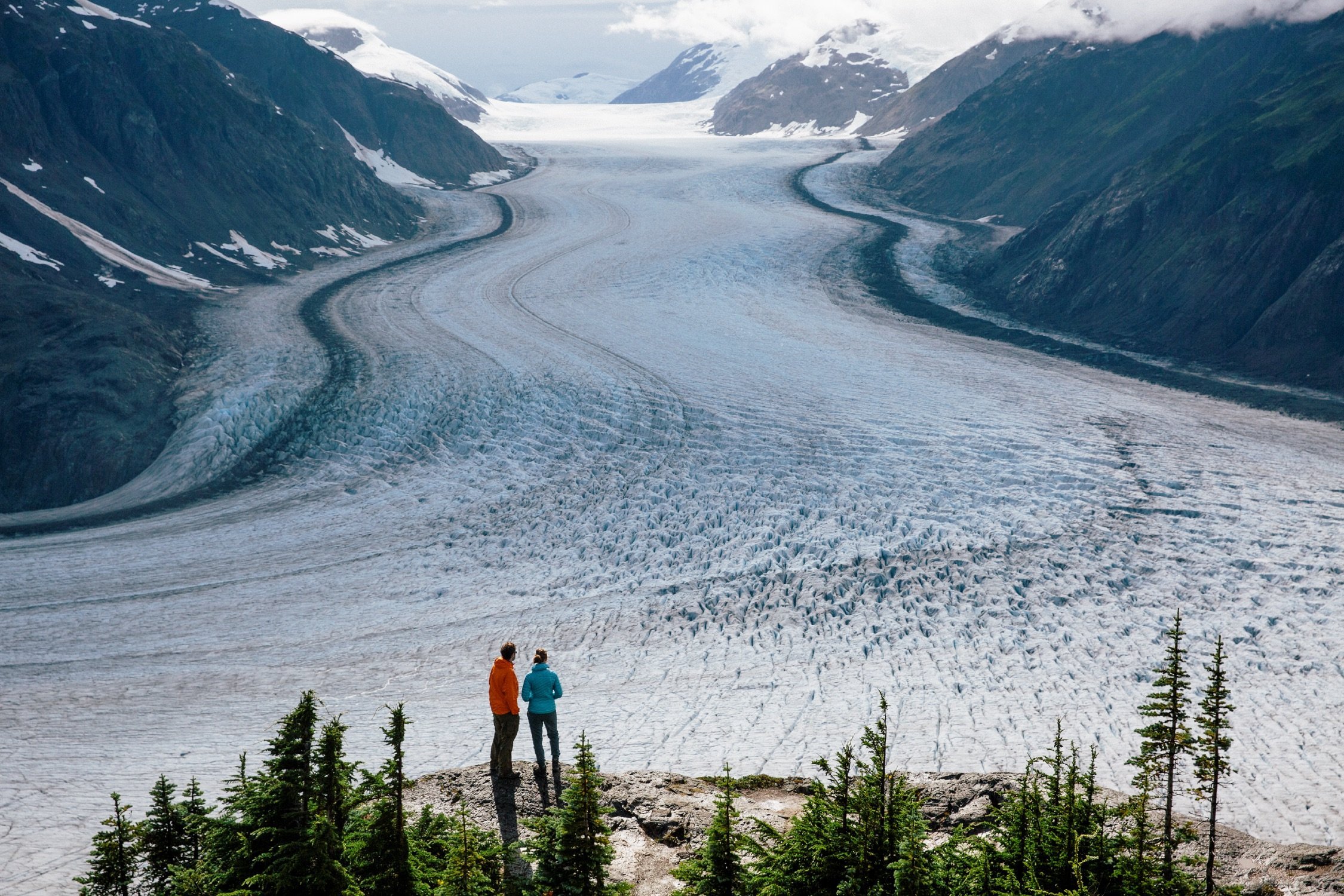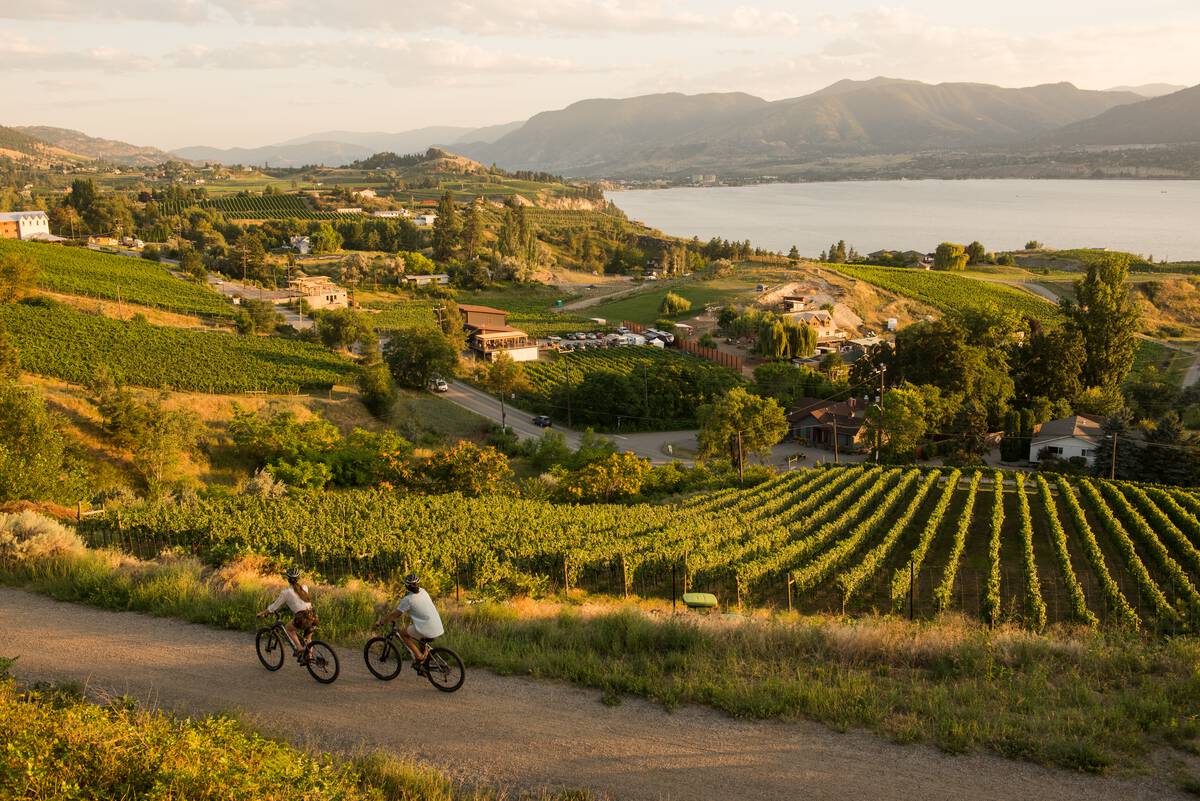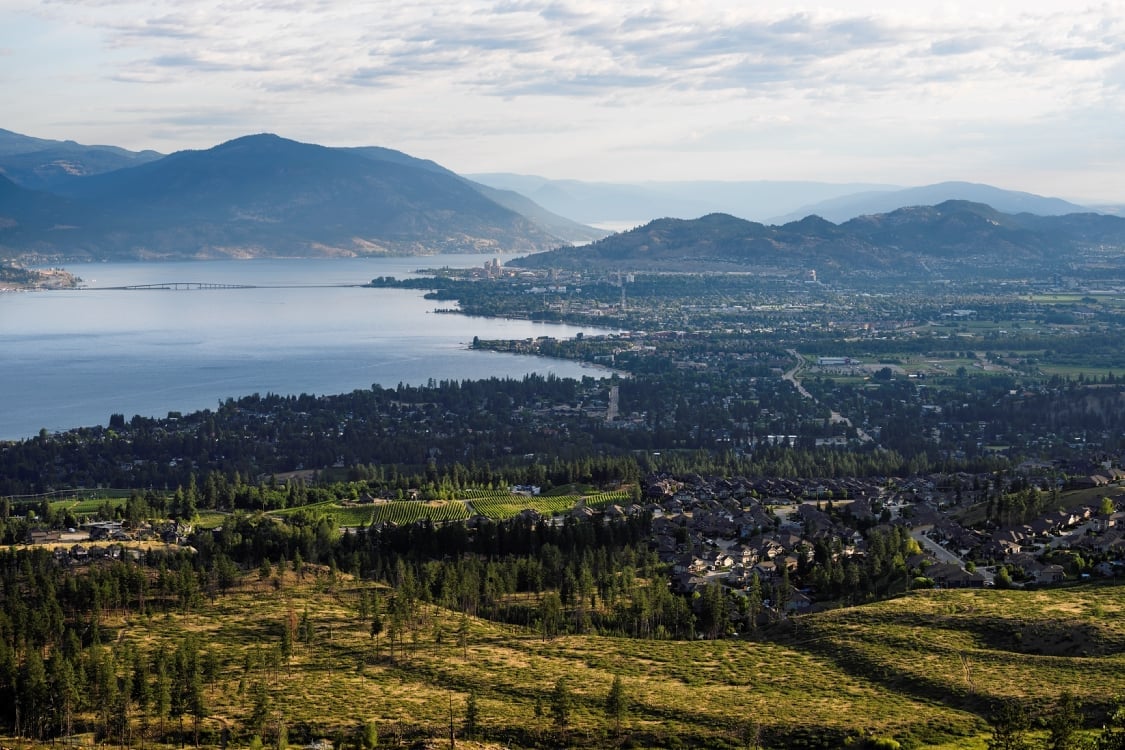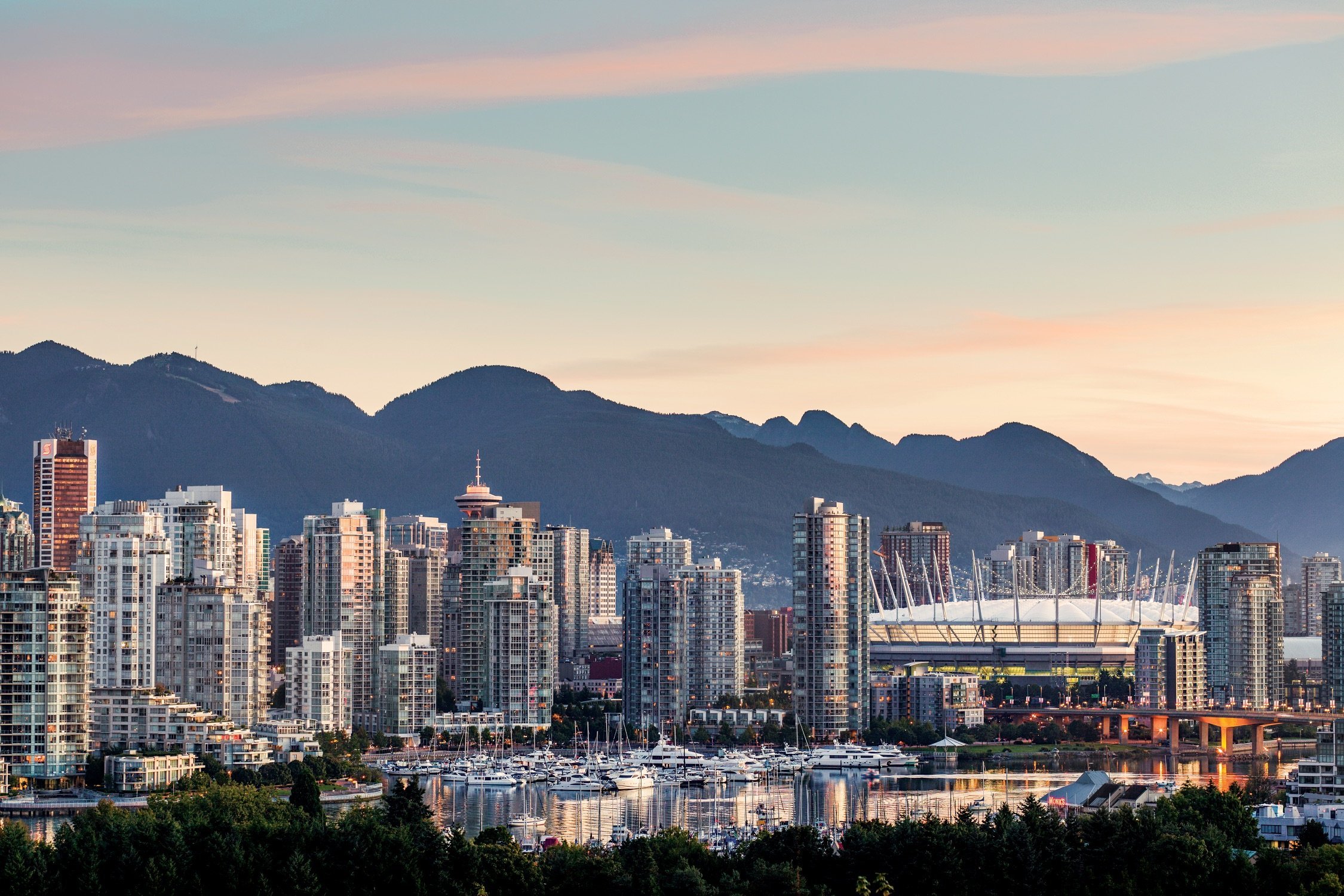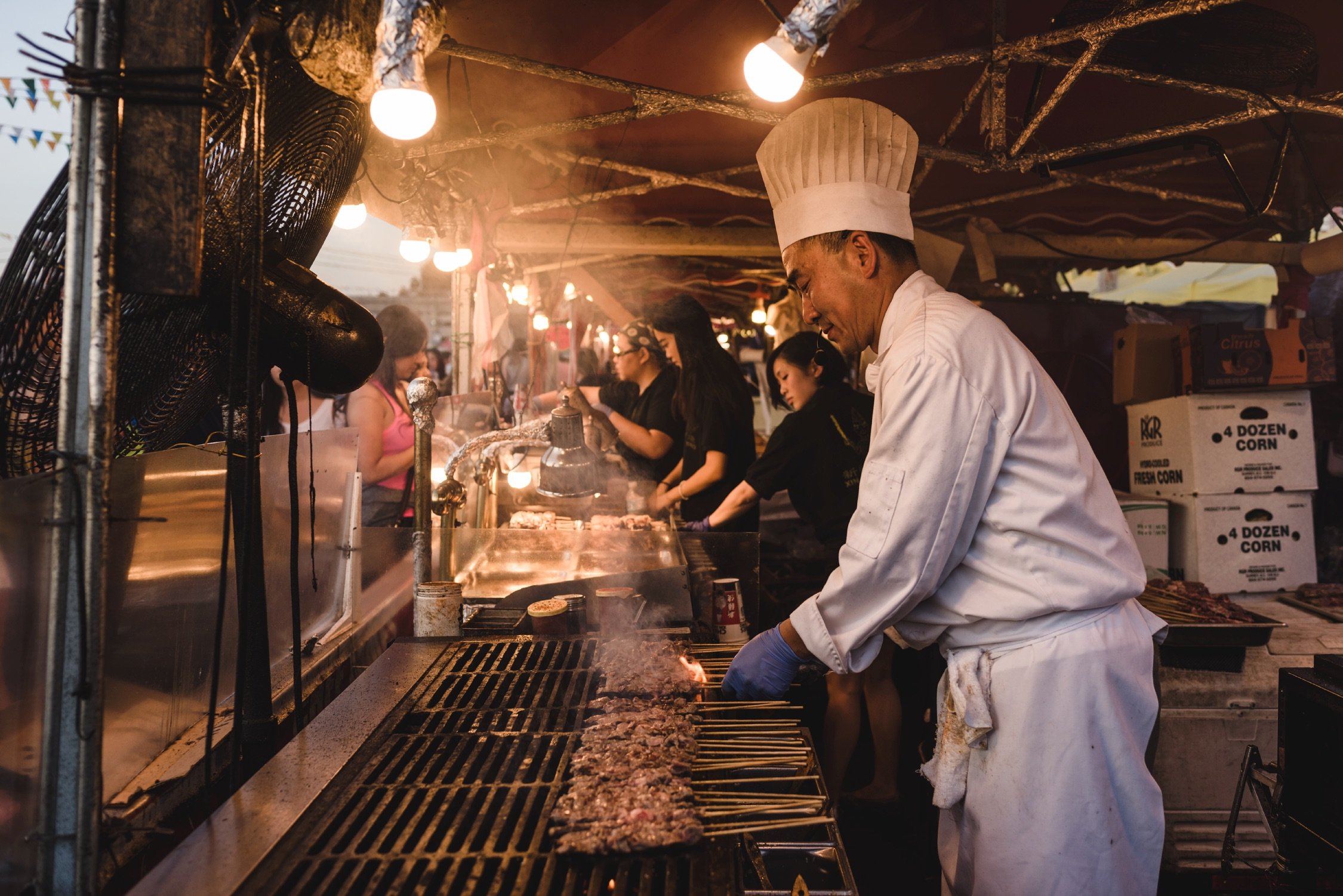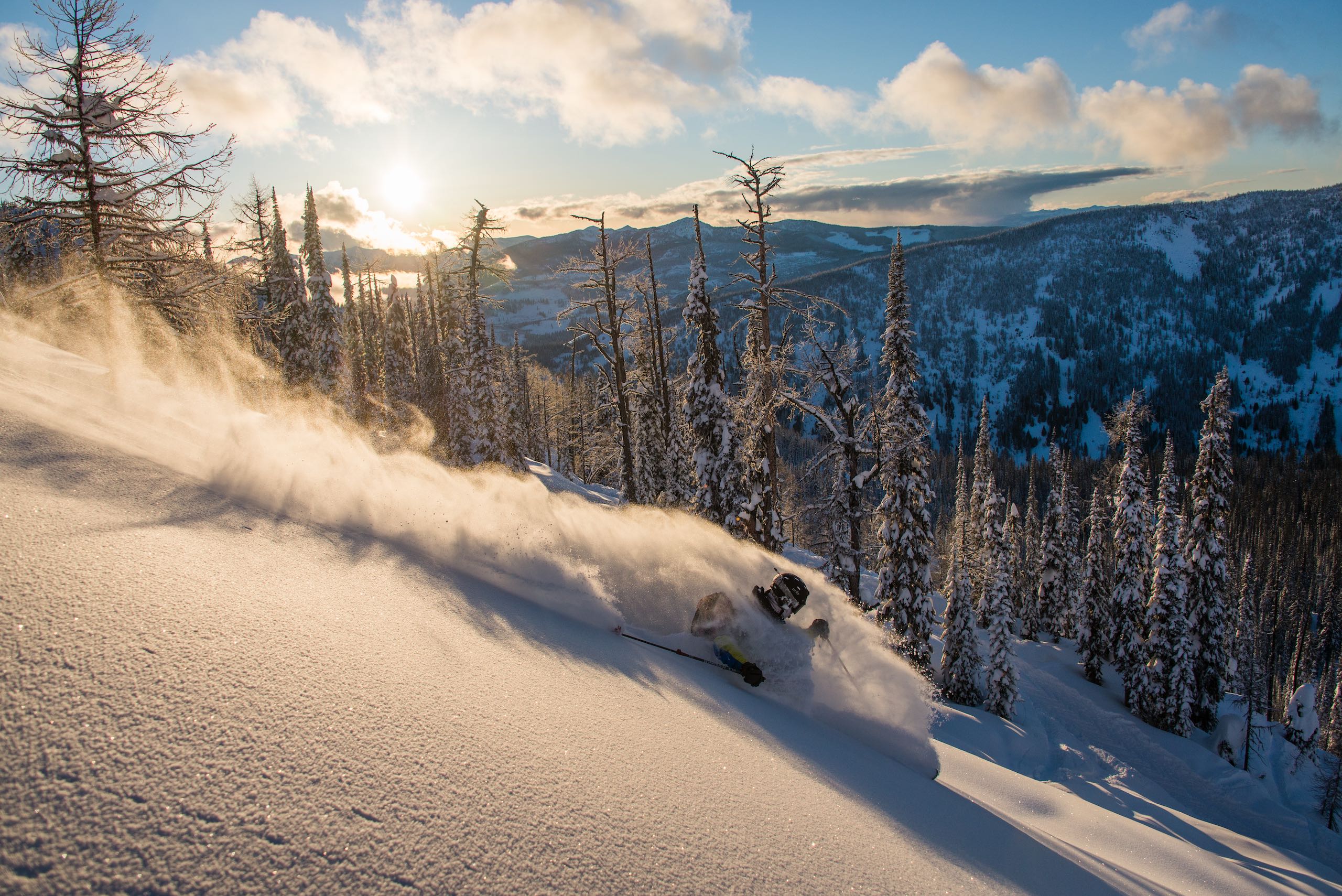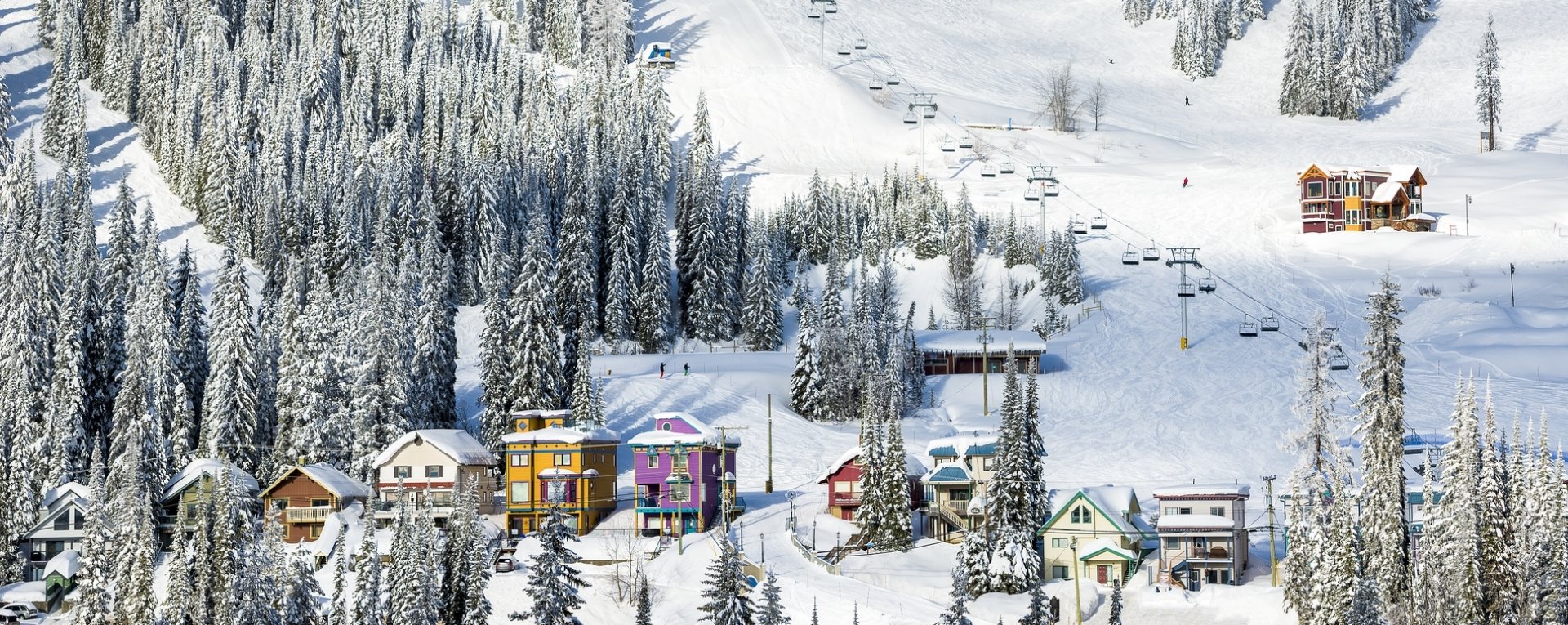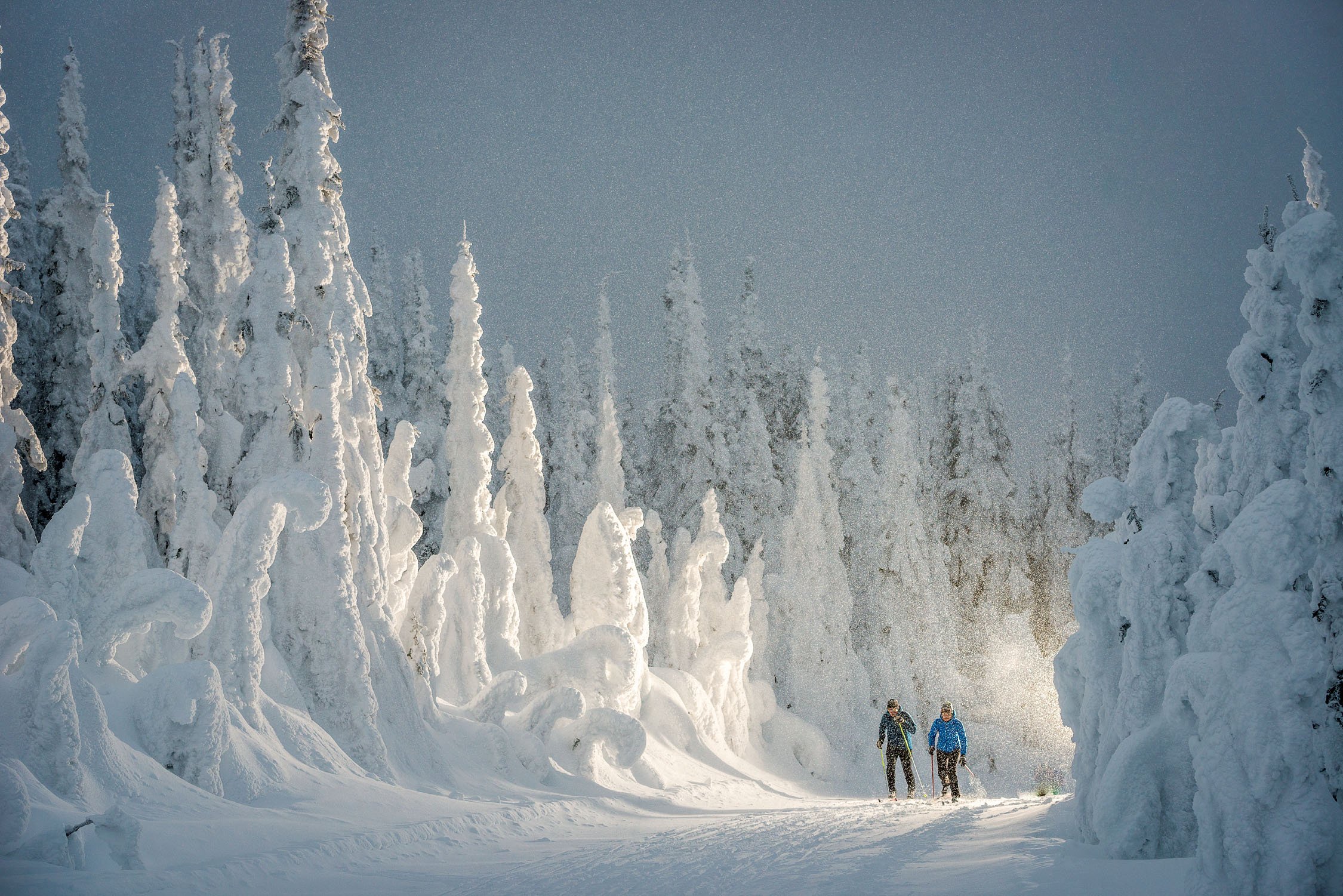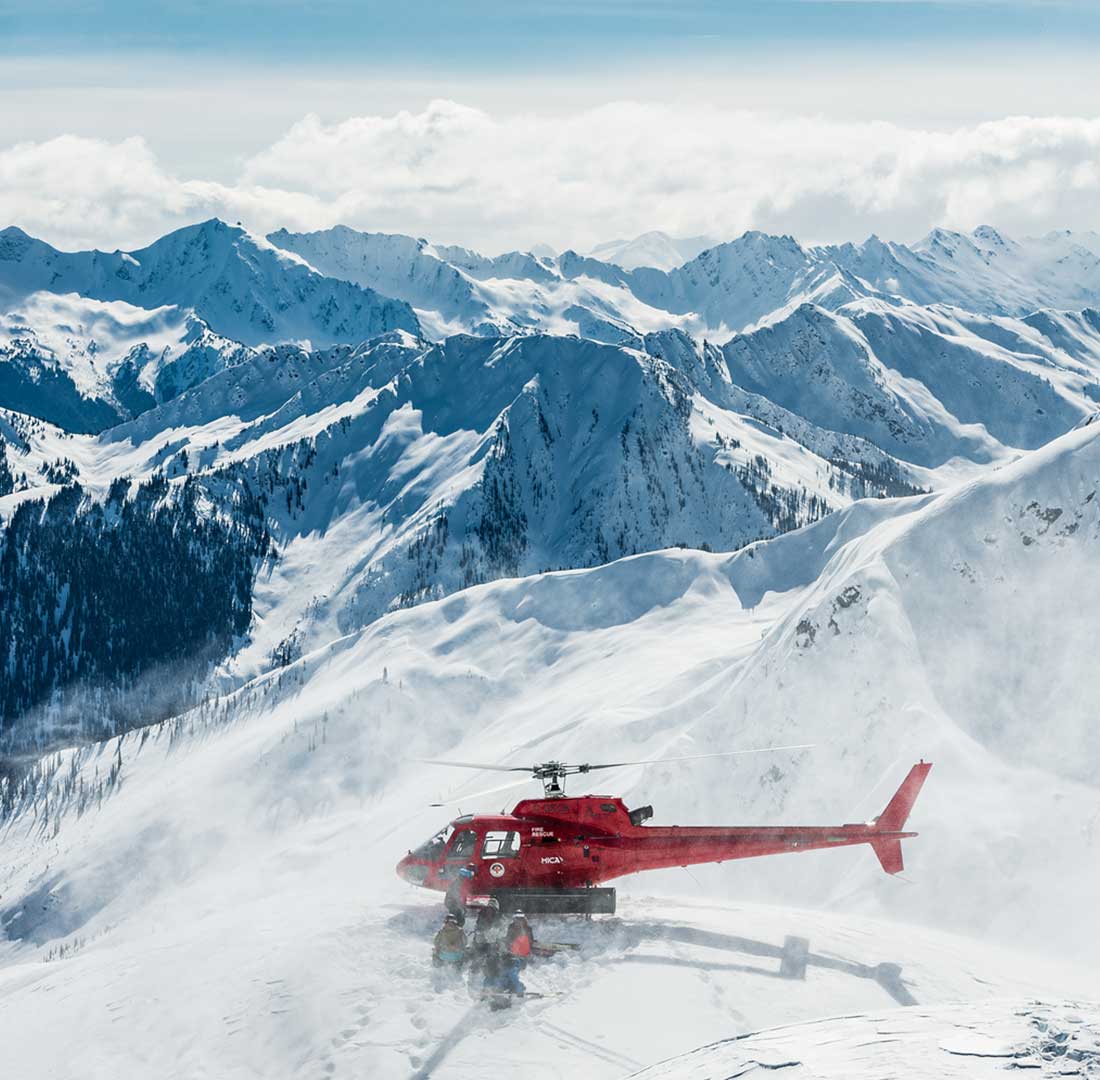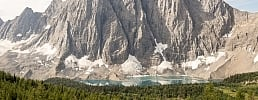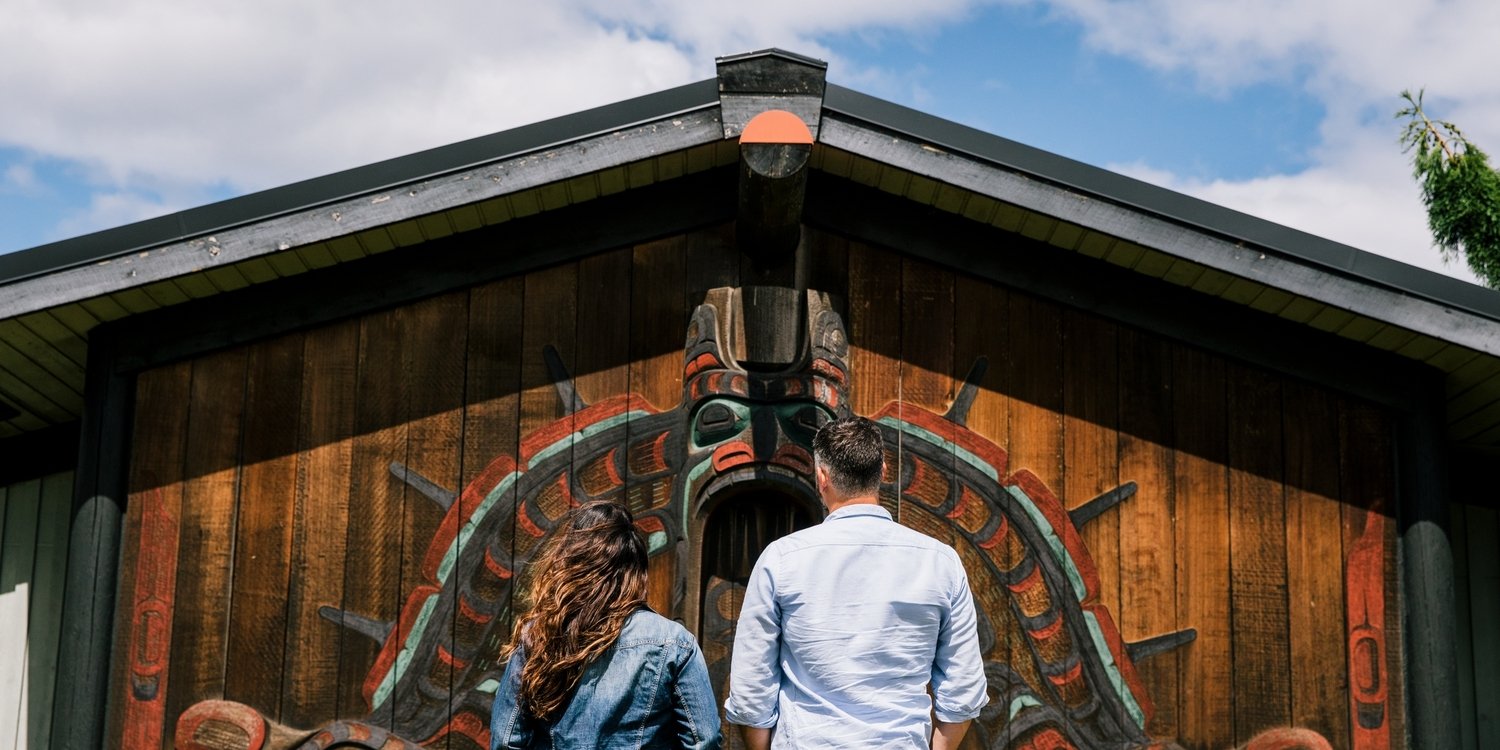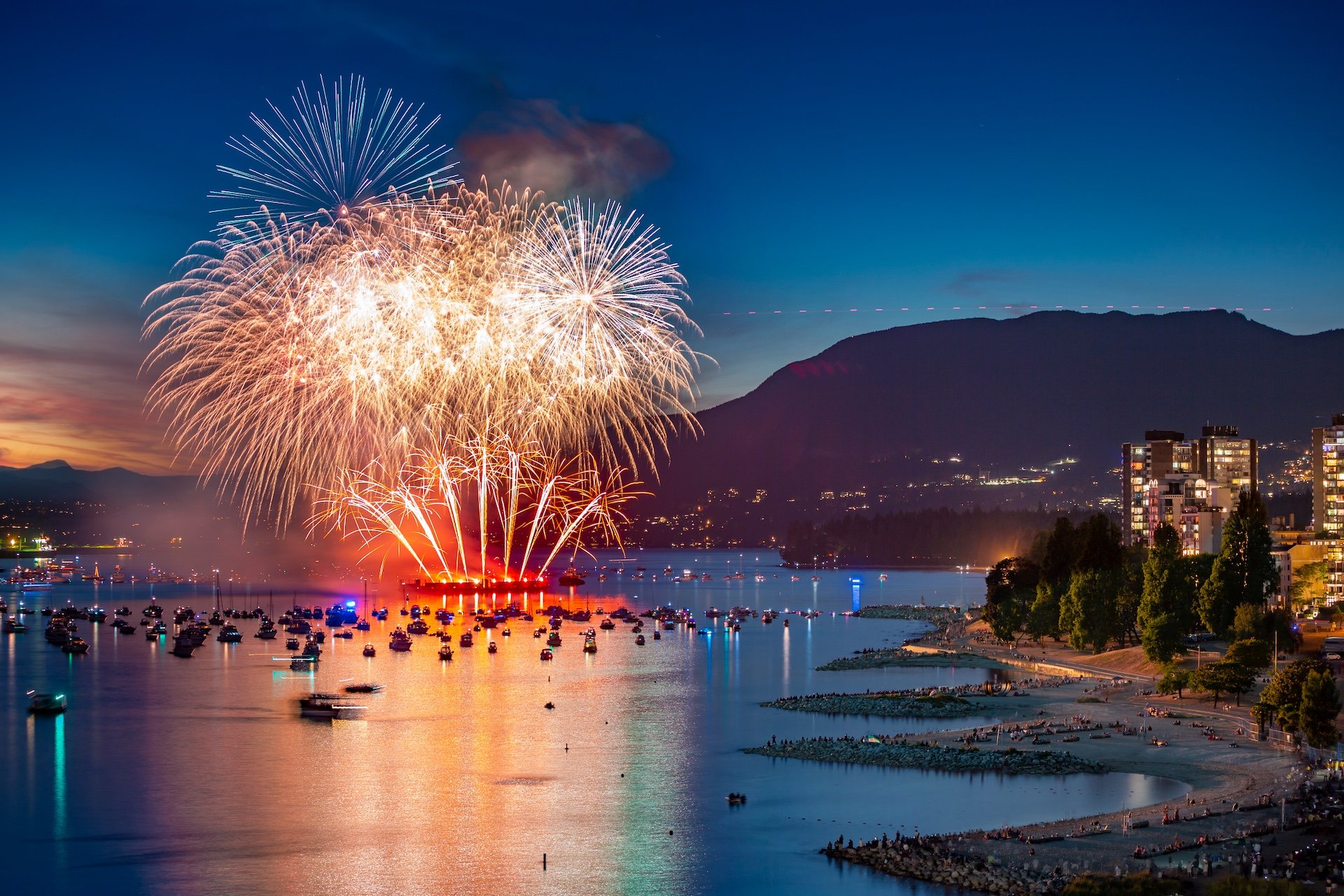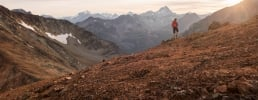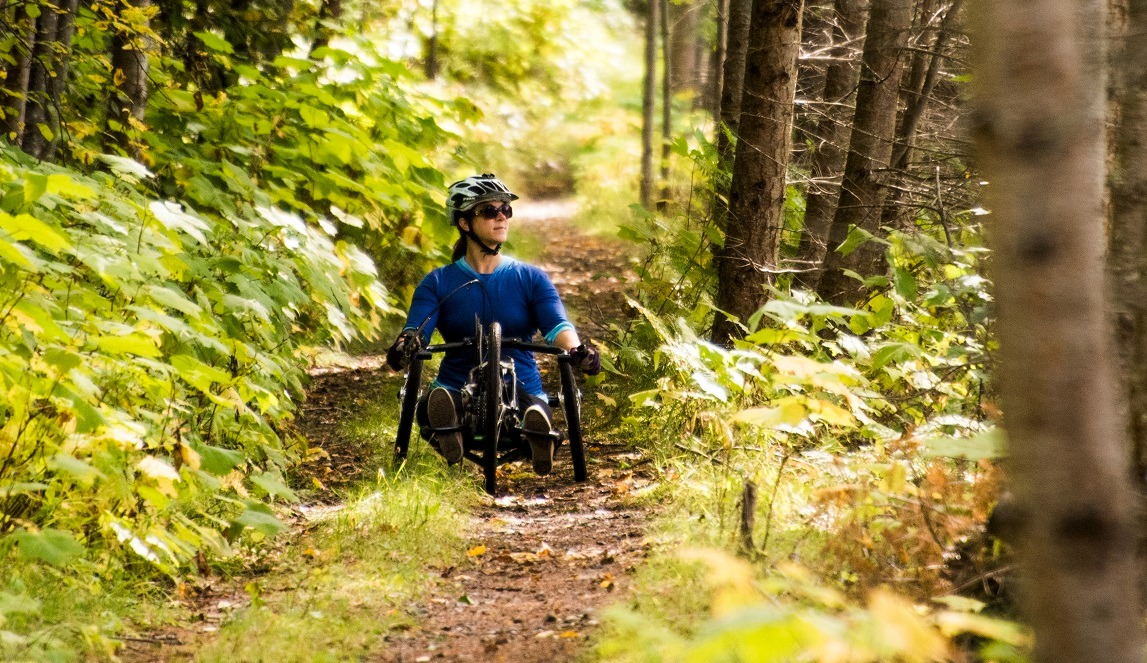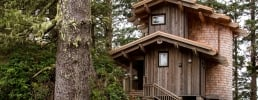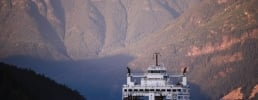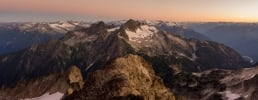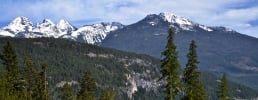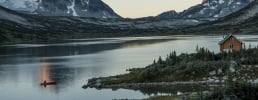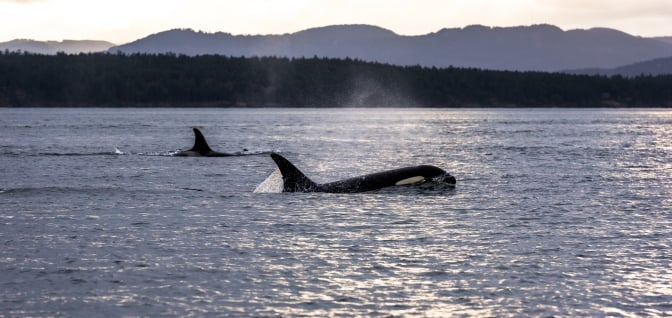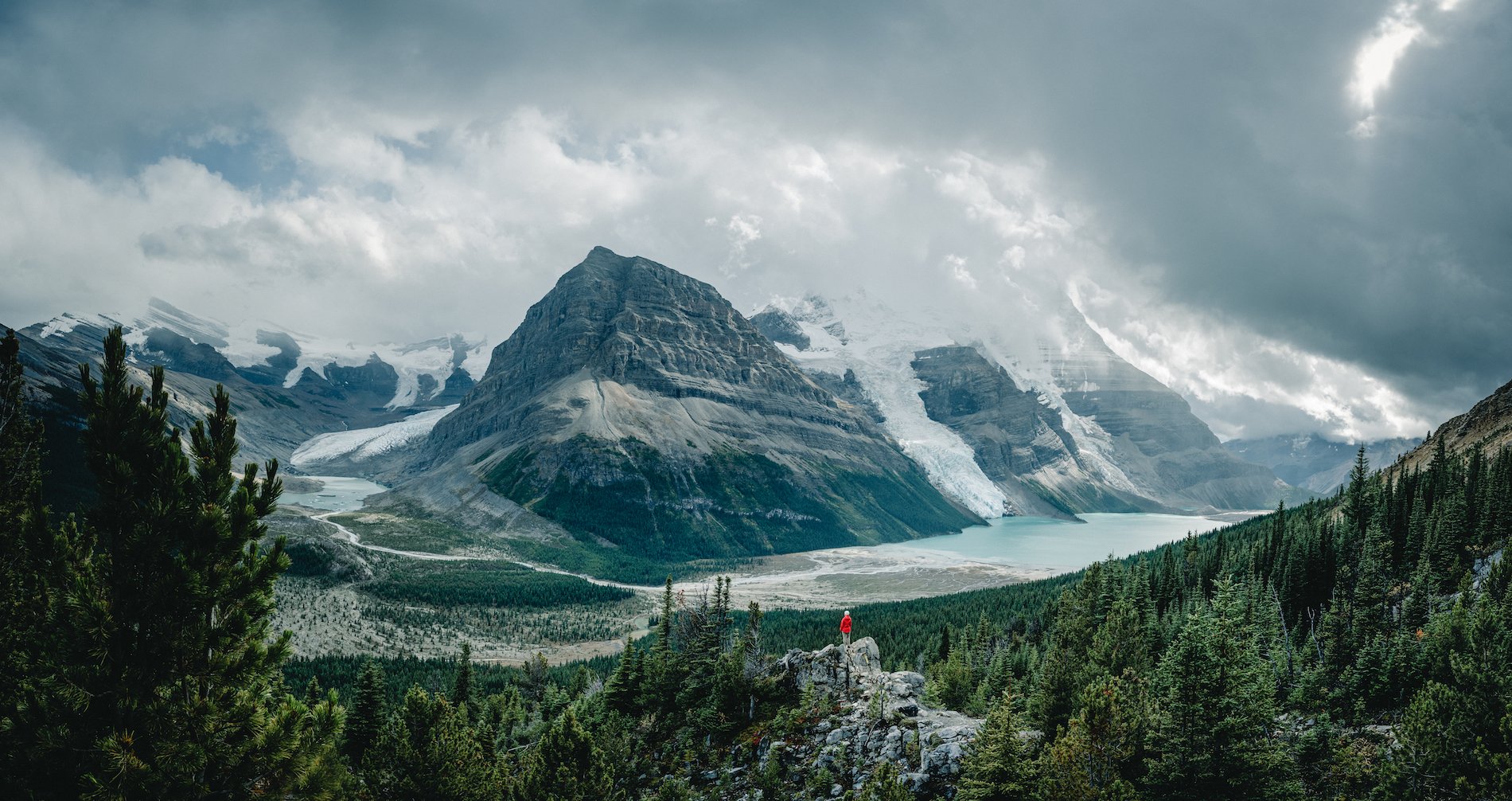

Experience The Infinite Coast
A multi-modal journey through living coastal worlds.
The Infinite Coast stretches from the Sunshine Coast across Vancouver Island and the Southern Gulf Islands, then north through Bella Bella, Bella Coola, the vast region of the Great Bear Rainforest, and on to Haida Gwaii, Prince Rupert, and the communities that line the fjords of the North Coast.
Water moves through every part of this coast—connecting rainforest and mountains, linking harbours with communities, and sustaining life in ways big and small. First Nations and Indigenous Peoples have cared for these lands and waters for generations, and their presence continues to guide how the coast is understood and protected. Whether by ferry, floatplane, road, or trail, travelling here invites a slower pace and a deeper connection to this extraordinary edge of the world.
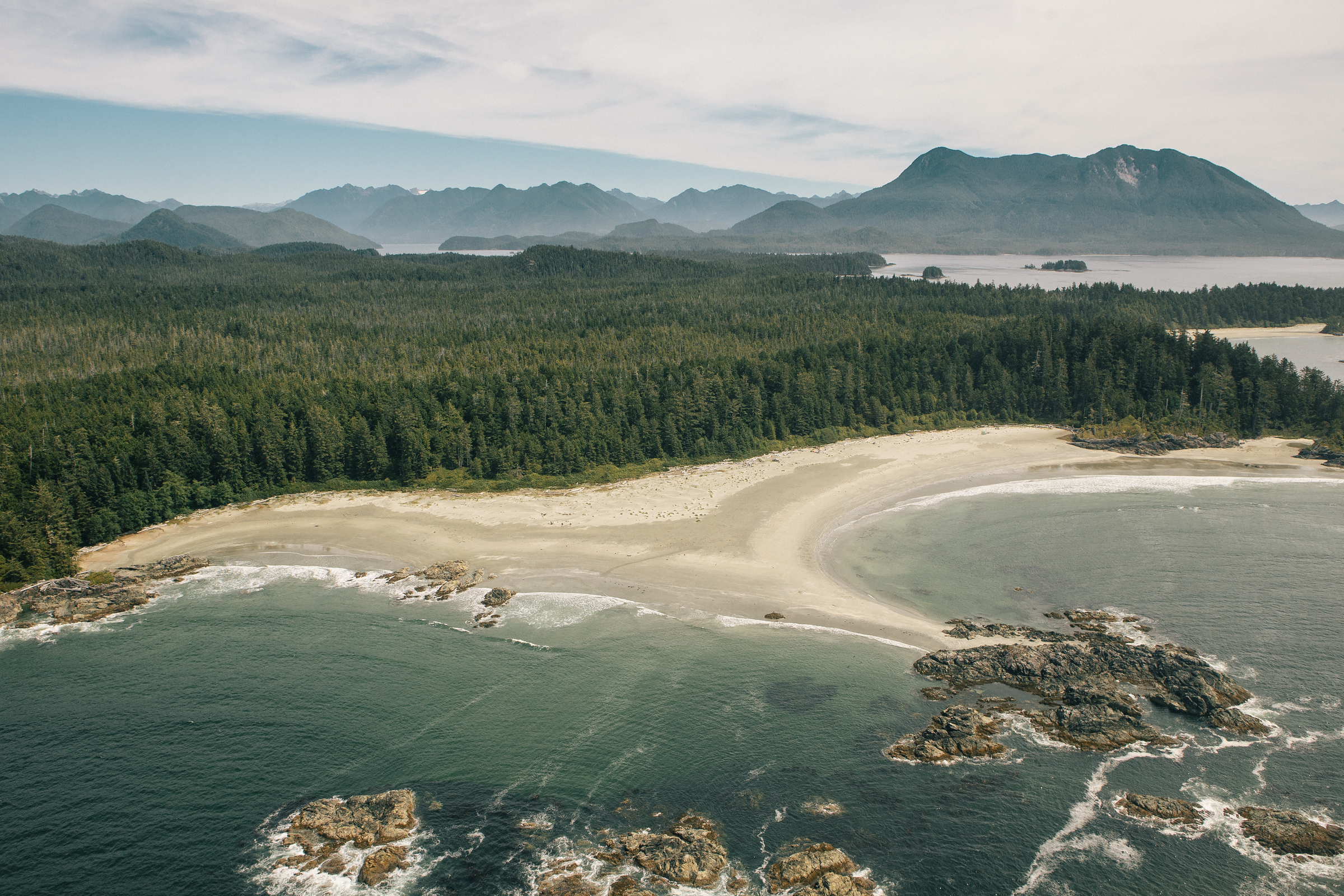 Clayoquot Sound | Destination BC
Clayoquot Sound | Destination BC 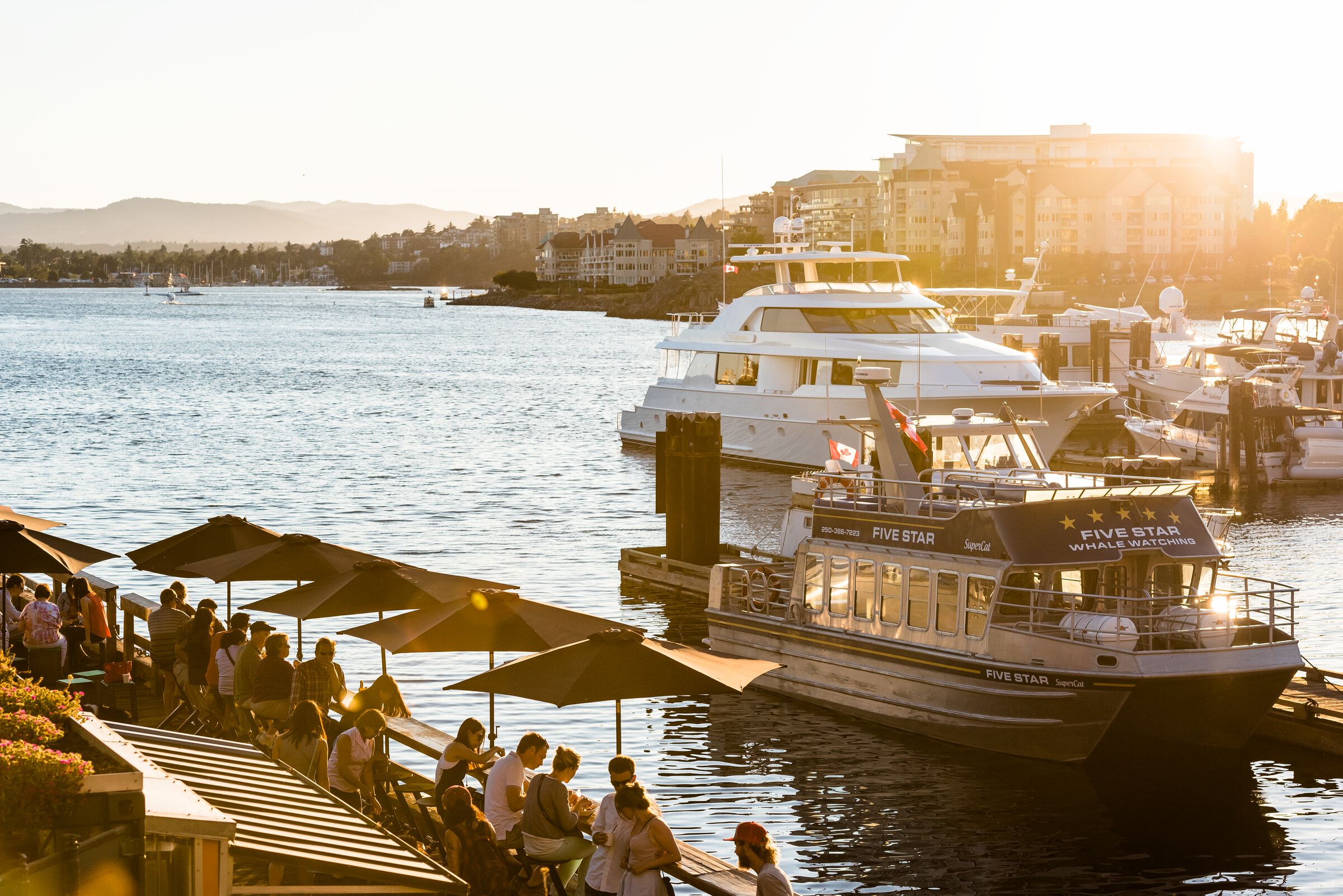 Victoria | Destination BC
Victoria | Destination BC 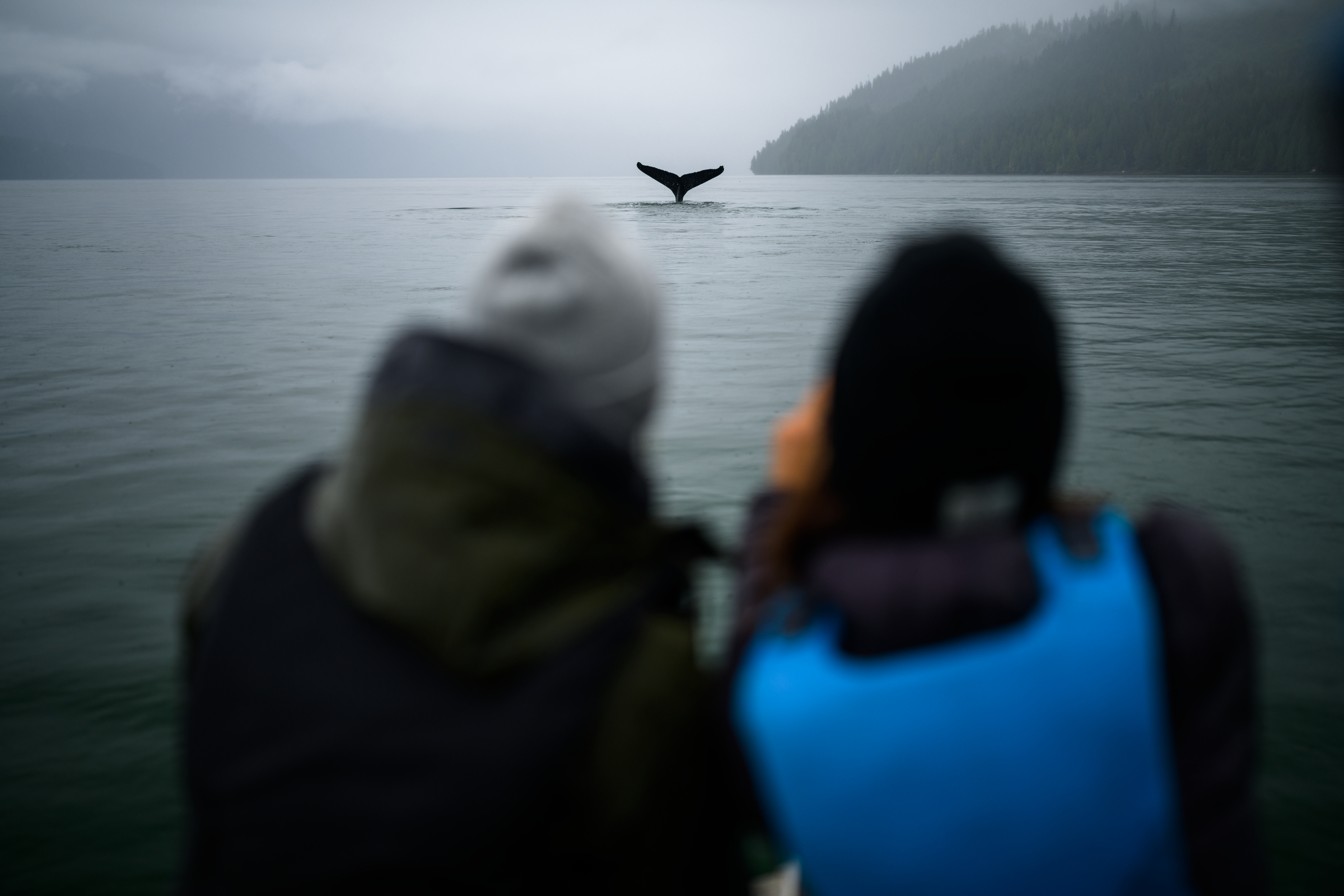 Kitimat | Destination BC
Kitimat | Destination BC  Sunshine Coast | Destination BC/Abby Cooper
Sunshine Coast | Destination BC/Abby Cooper 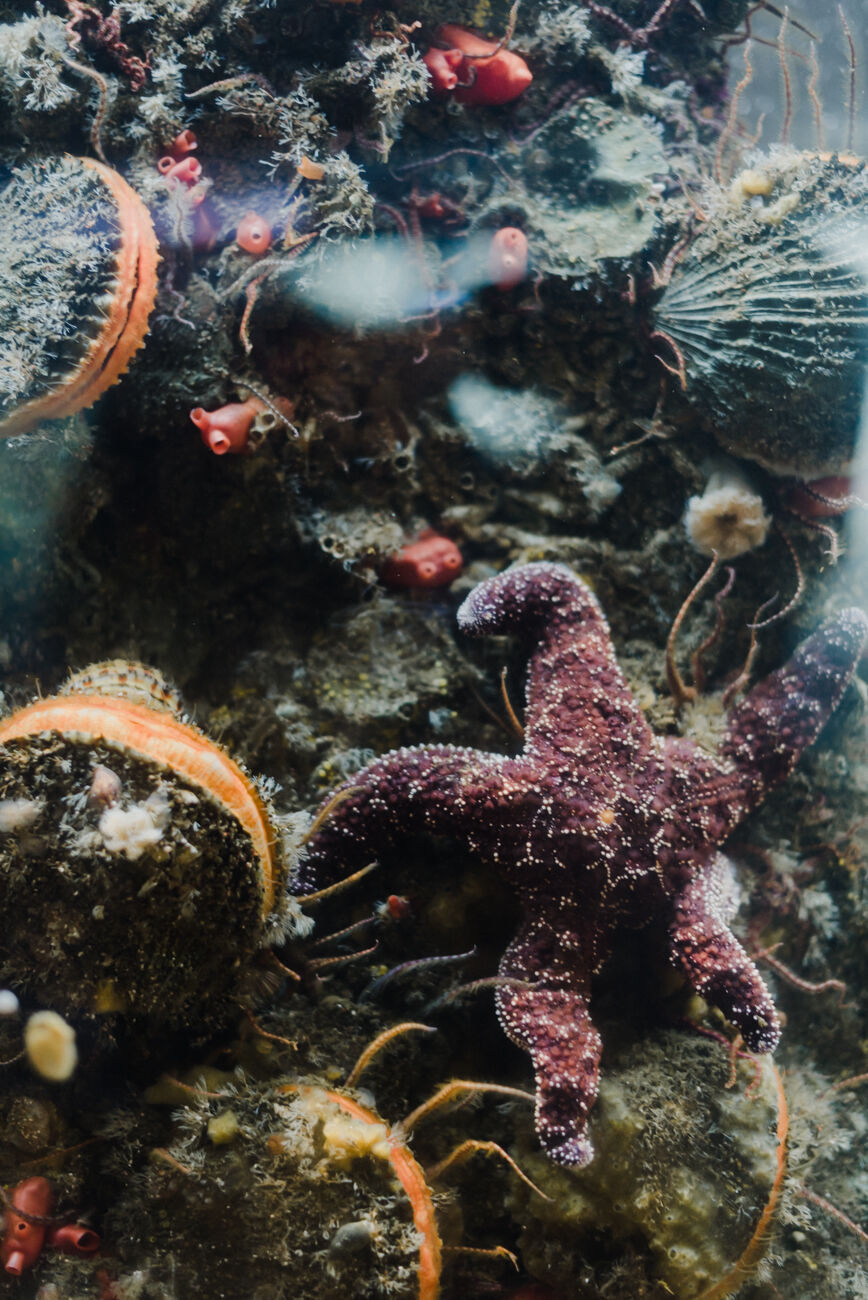 Ucluelet Aquarium | Lexa Bergen
Ucluelet Aquarium | Lexa Bergen Ocean, mountain, forest
From Victoria to Prince Rupert, BC’s outer coast is a living mosaic of habitats carved by glaciers, uplifted by tectonics, and nourished by the Pacific. Its jagged shorelines, island chains, and fjords shelter species found nowhere else on Earth.
This biodiversity flourishes in some of the planet’s rarest ecosystems—temperate and coastal rainforests, a quarter of which are found in BC. Among them is the Great Bear Rainforest, spanning more than 64,000 square kilometres (24,700 square miles) and forming one of the world’s largest intact forests.
The forests and waters are stewarded by First Nations, whose knowledge and relationships go back millennia. Today, areas like the Mount Arrowsmith Biosphere Region and the Clayoquot Sound UNESCO Biosphere Region formally recognize this richness. The latter includes parts of Pacific Rim National Park Reserve, the territories of the Ahousaht Nation, and Big Tree Trail on Wanachus‑Hilthuuis (Meares Island, part of the Tla‑o‑qui‑aht Tribal Parks).
As you follow the edge of the Pacific, moments unfold naturally. On Vancouver Island’s west coast, join Nuu‑chah‑nulth Nations‑led excursions with Ahous Adventures, Sir Landon James Charters, and Clayoquot Wild, or embrace storm season in Tofino and Ucluelet when massive swells and moody skies put on a wild show.
Continue north (then east) by road or VIA Rail from Prince Rupert along the Skeena River Valley, where the landscape is deeply connected to cultural and ecological knowledge. At stops like Kitselas Canyon, the Ts’msyen share histories and perspectives on the river’s role in trade, migration, and lifeways.
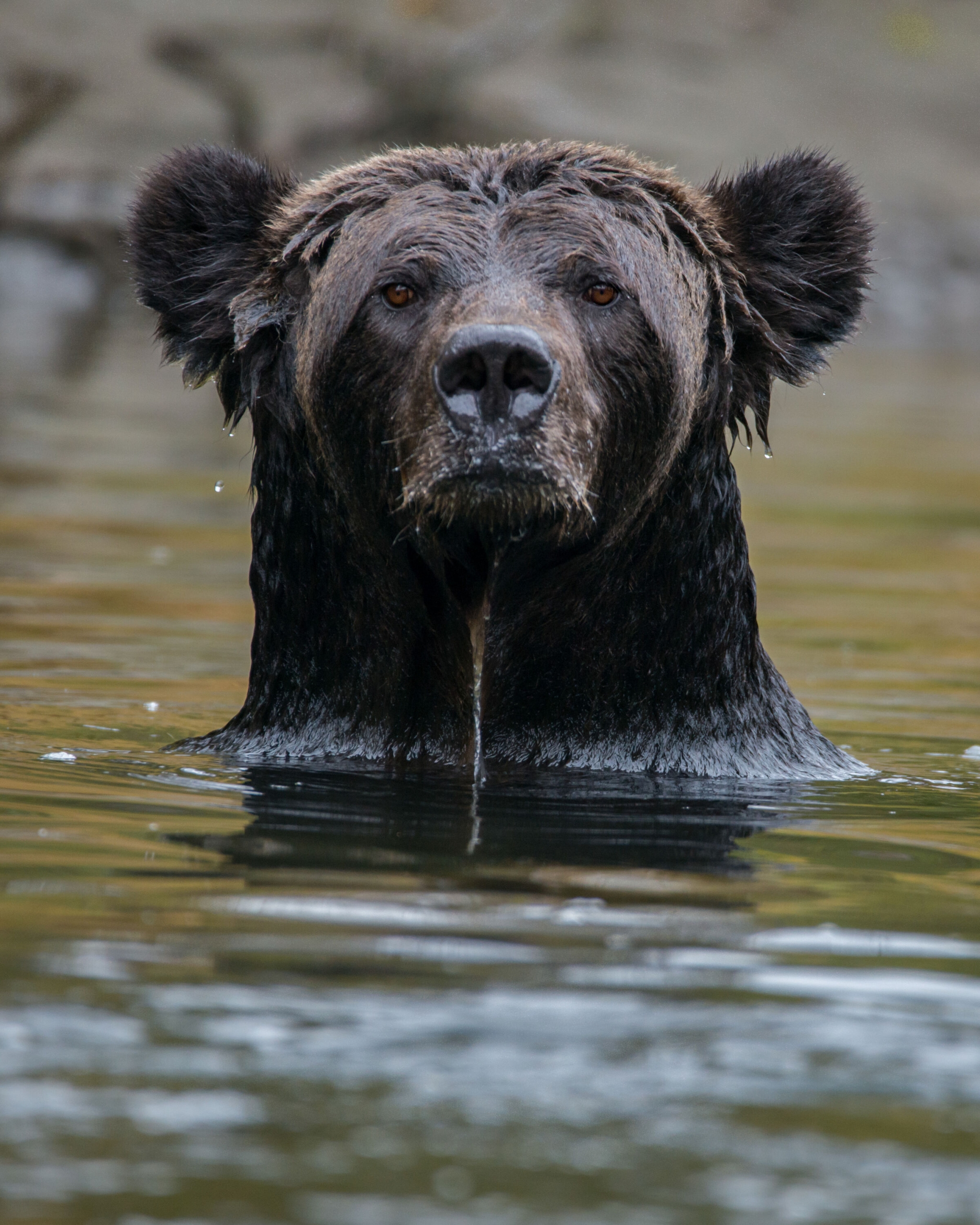 Great Bear Rainforest | Destination BC/William Drumm
Great Bear Rainforest | Destination BC/William Drumm  Gitwinksihlkw in the Nisga'a Nation| Grant Harder
Gitwinksihlkw in the Nisga'a Nation| Grant Harder Wildlife on the edge
You’ll find some of the richest concentrations of wildlife in North America here. Within the Great Bear Rainforest’s vast protected lands and waters, grizzlies, wolves, and whales live alongside countless other species. These ecological sanctuaries are also places of deep cultural significance for many First Nations and local communities, so taking a respectful approach to wildlife viewing helps keep them special for everyone. Lodges like Tweedsmuir Park Lodge offer low-impact ways to observe bears from dedicated platforms, and your best bet is in spring or shoulder seasons.
Further north, Khutzeymateen Grizzly Bear Sanctuary—the first of its kind in Canada—protects 50 resident grizzlies and the rich marine ecosystem they depend on. Boat tours also navigate the inlet and share knowledge of historic Tsimshian villages.
And each spring, around 20,000 grey whales migrate along this coast. Guided tours from places like Prince Rupert, Bella Bella, Bella Coola, and Vancouver Island offer safe ways to witness this journey, and often support marine research and local stewardship efforts.
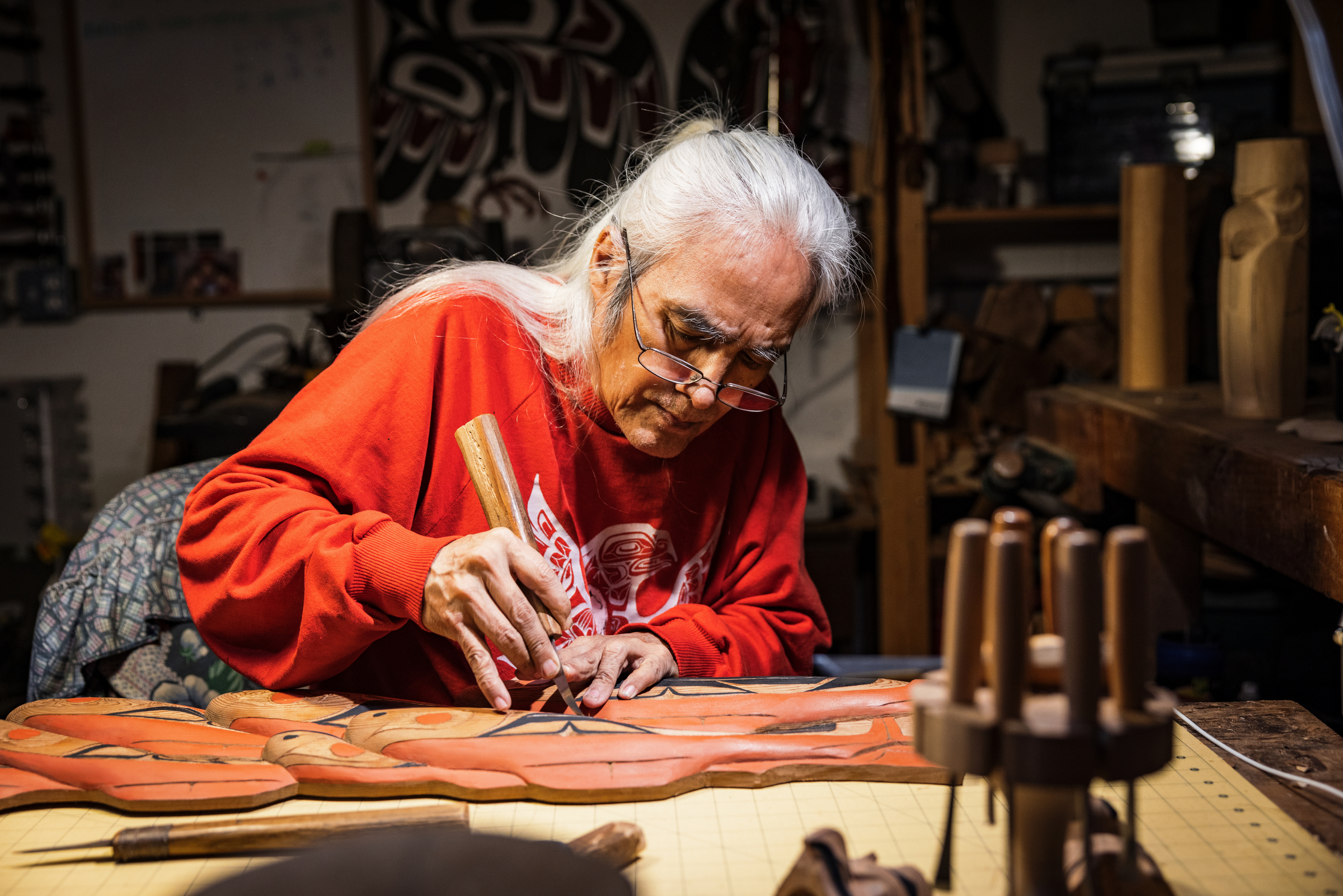 George Little House in Terrace | Northern BC Tourism/Marty Clemens
George Little House in Terrace | Northern BC Tourism/Marty Clemens Cultural landscapes
Along these shorelines, water is life. First Nations and Indigenous Peoples continue generations of stewardship, leadership, and cultural renewal here, alongside other coastal communities whose lives are inspired by the sea.
Some Nations invite visitors to share in cultural perspectives through guided experiences. Visit Nation-owned museums and cultural centres—including the shíshálh Nation tems swiya Museum in Sechelt, the U’Mista Cultural Centre (Kwakwaka’wakw) in Alert Bay, and the Nisg̱a’a Museum northeast of Prince Rupert. In Bella Coola, walk with Nuxalk Nation hosts to view ancient petroglyphs carved into stone.
On the Sunshine Coast, the Lund Resort at Klah-ah-men is grounded in Tla’amin Nation knowledge, while further north, Port Hardy’s Kwa’lilas Hotel brings Gwa’sala-‘Nakwaxda’xw expression into its rooms and gallery. Along the coast and into the Great Bear Rainforest, First Nations-owned lodges like Walter’s Cove Resort (Ka:‘yu:‘k’t’h’/Che’tles7et’h’ First Nations), Klahoose Wilderness Resort (Klahoose First Nation), and Spirit Bear Lodge (Kitasoo Xai’xais First Nation) offer immersive stays rooted in territory and tradition.
Creativity and community pride are also woven into coastal life. From the floral displays of the 120-year-old The Butchart Gardens and National Historic Site in Victoria to cideries, wineries, and farmers’ markets across Vancouver Island, artistry and sustainability thrive. Cowichan Bay is the first Cittaslow-designated “slow community” in North America. Galleries and studios in the Southern Gulf Islands, Cowichan Bay, Chemainus, the Sunshine Coast, Prince Rupert, Terrace, and Bella Coola showcase work inspired by place, while annual events like the Sunshine Coast Art Crawl and Skeena Salmon Arts Fest are local celebrations for all to enjoy.
 Shearwater Hot Springs Conservancy | Northern BC Tourism/Andrew Strain
Shearwater Hot Springs Conservancy | Northern BC Tourism/Andrew Strain Multi-modal movement
Adventure unfolds by ferry, floatplane, kayak, bike, and winding road, linking communities by tide and terrain. And on The Infinite Coast, the in-between is everything.
Fly directly to Victoria, or take the ferry. Hullo Ferries (walk-on only) sails direct from downtown Vancouver to Nanaimo, while BC Ferries (walk-on/drive-on) connects Horseshoe Bay with the Sunshine Coast and Tsawwassen with Victoria and the Southern Gulf Islands. There’s even a ferry from Seattle to Victoria. Further north, BC Ferries’ Northern Expedition sails the Inside Passage between Port Hardy and Prince Rupert, with some sailings stopping in Bella Bella or Klemtu—following ancient marine routes through island mazes and glacial fjords. Small-ship trips with Maple Leaf Adventures or Bluewater Adventures offer deeper explorations, and guided kayak journeys through Desolation Sound reveal calm waters, hidden coves, and wildlife.
Floatplanes from Campbell River, Port Hardy, and Gold River connect to unique coastal stays. First Nations-owned lodges welcome guests into experiences rooted in land and cultural knowledge. Others, like Nimmo Bay Wilderness Resort and Sonora Resort, showcase high-end escapes. Iskwew Air—the first Indigenous woman-owned airline in Canada—flies between Vancouver and Qualicum Beach, while Sunshine Coast Air’s cultural flightseeing tour, created with Talaysay Tours, shares shíshálh Nation stories. Hop aboard local charters like 49North Helicopters and Wilderness Seaplanes to fly over glaciers, peaks, and winding coastal inlets.
Road trippers can explore fishing villages and art-filled coastal towns on the Sunshine Coast. Herring runs and migratory birds stir the shoreline near Parksville and Rathtrevor Beach, while Cumberland and the Comox Valley open into biking trails and the peaks of Strathcona Provincial Park. From Campbell River, wildlife tours offer a glimpse of bears and whales where they belong—undisturbed, and at home. Further north, soak in remote oceanfront hot springs accessible only by boat from Bella Coola or Kitimat.
 Terrace | Andrew Strain
Terrace | Andrew Strain Travel with care
The Infinite Coast is the kind of place that stays with you—raw, beautiful, and full of surprises. But it’s also a place to slow down and take care as you go. Stick to marked trails, keep pets leashed, and pack out everything you bring in (yes, even food scraps). Plants, fungi, and marine or forest creatures are delicate—so look, but don’t poke. On the water, give whales, seals, and other wildlife plenty of room to move freely in their homes.
Fire bans, signage, and community protocols are there for a reason, so please follow them. Learn whose territory you’re visiting and check in with local visitor centres, businesses, and First Nations or Indigenous-owned tour operators for tips and access. In smaller, remote communities, booking ahead is always a good idea—last-minute drop-ins can be hard to accommodate. Leave each place as good (or even better) than you found it, so future travellers can experience the same magic.

